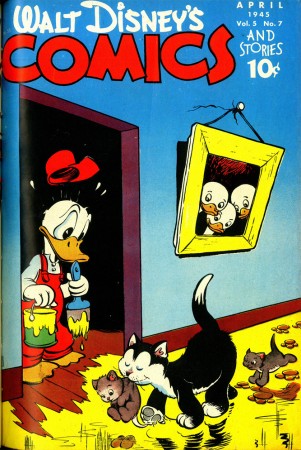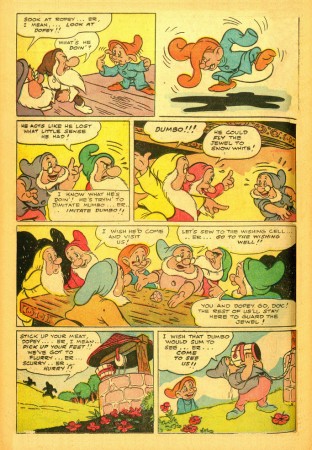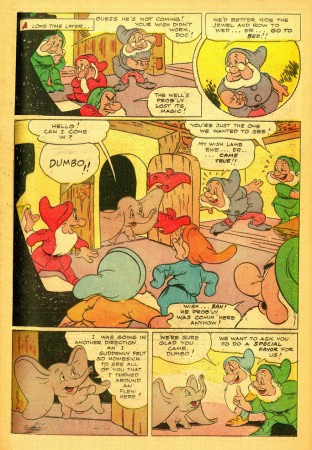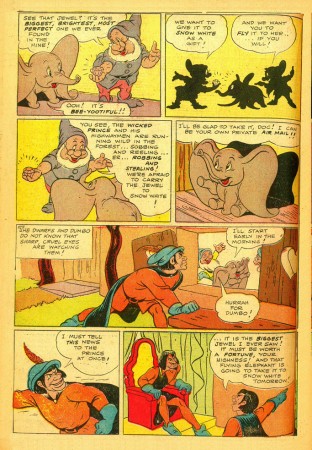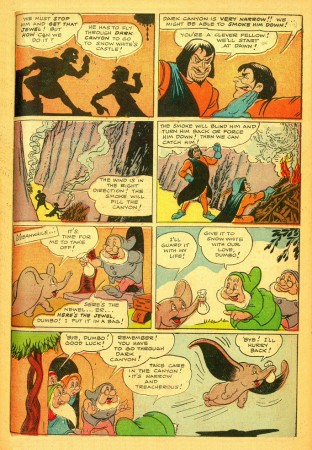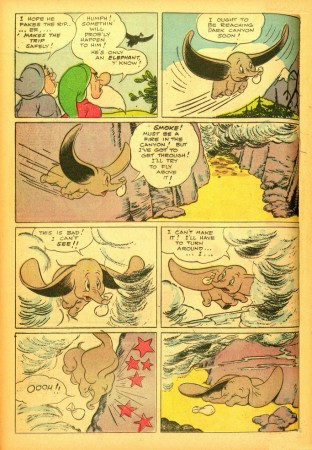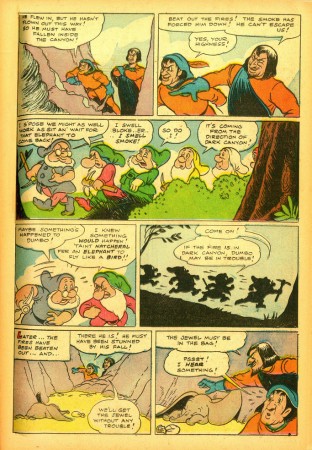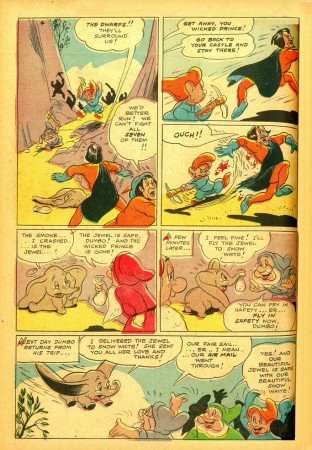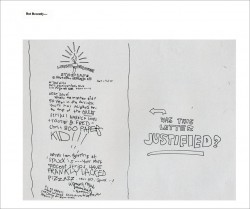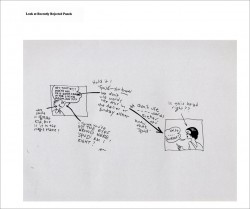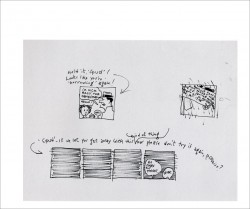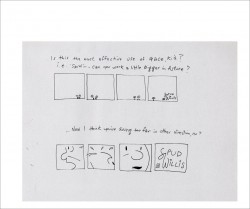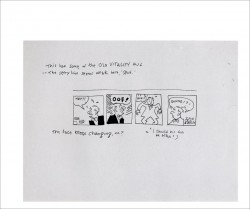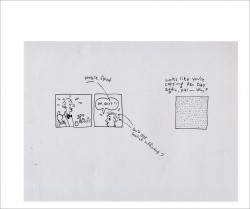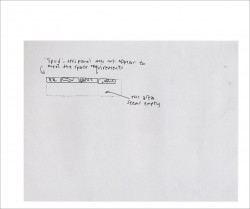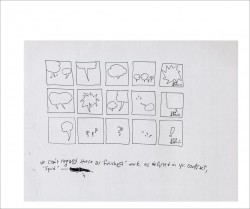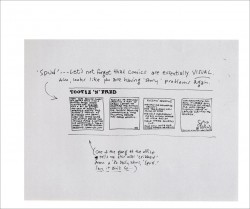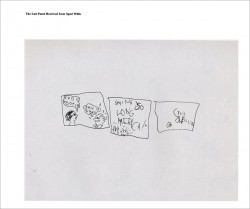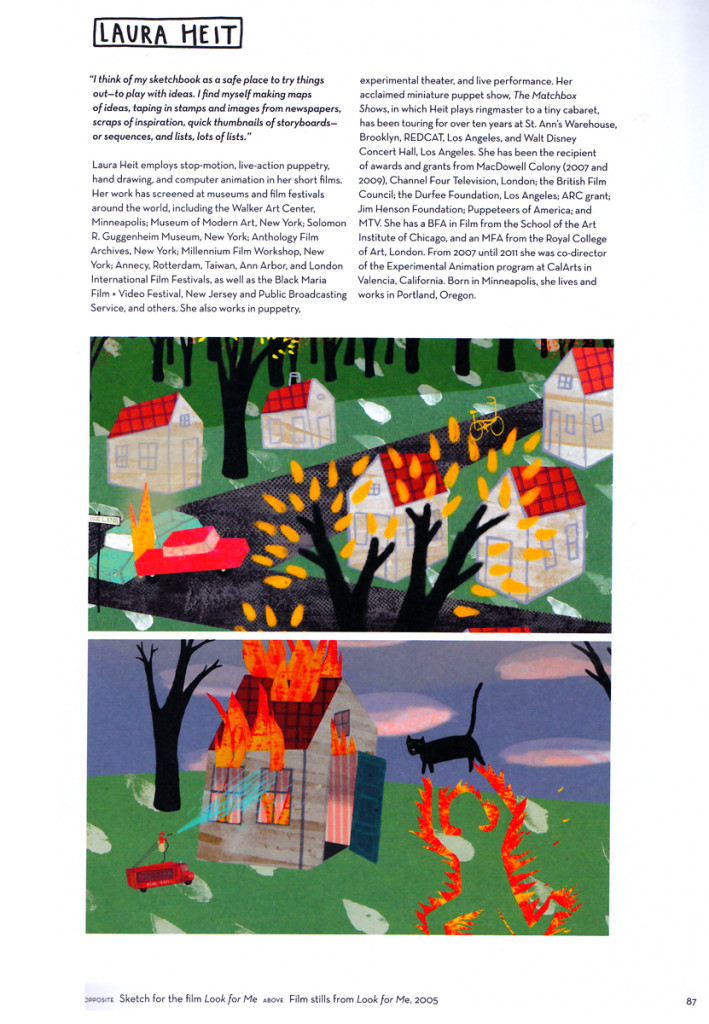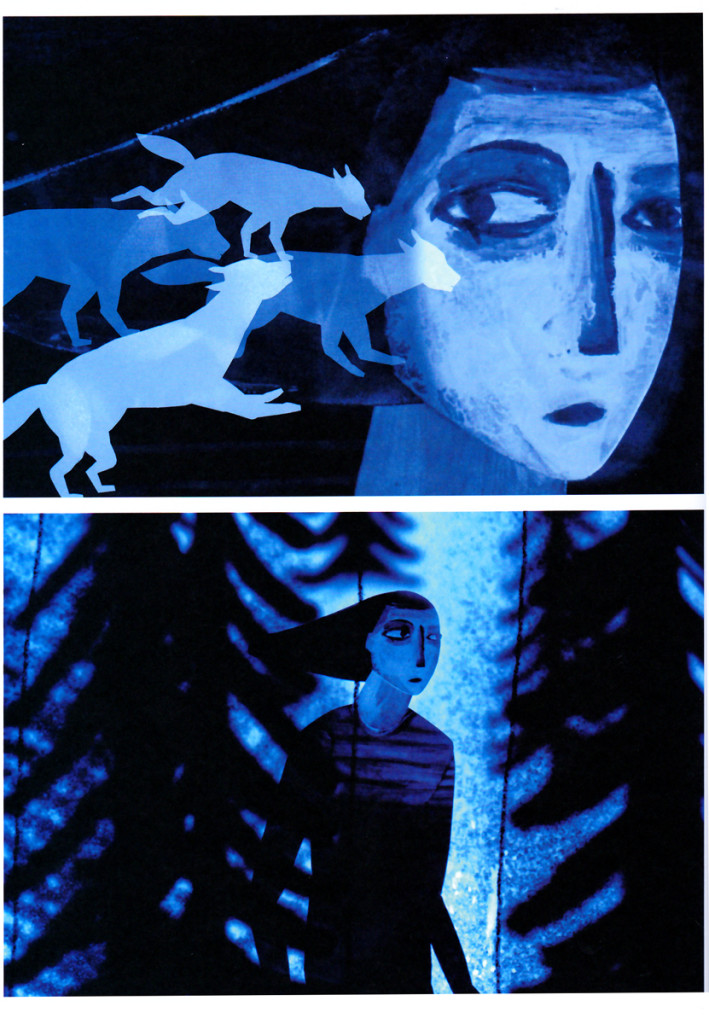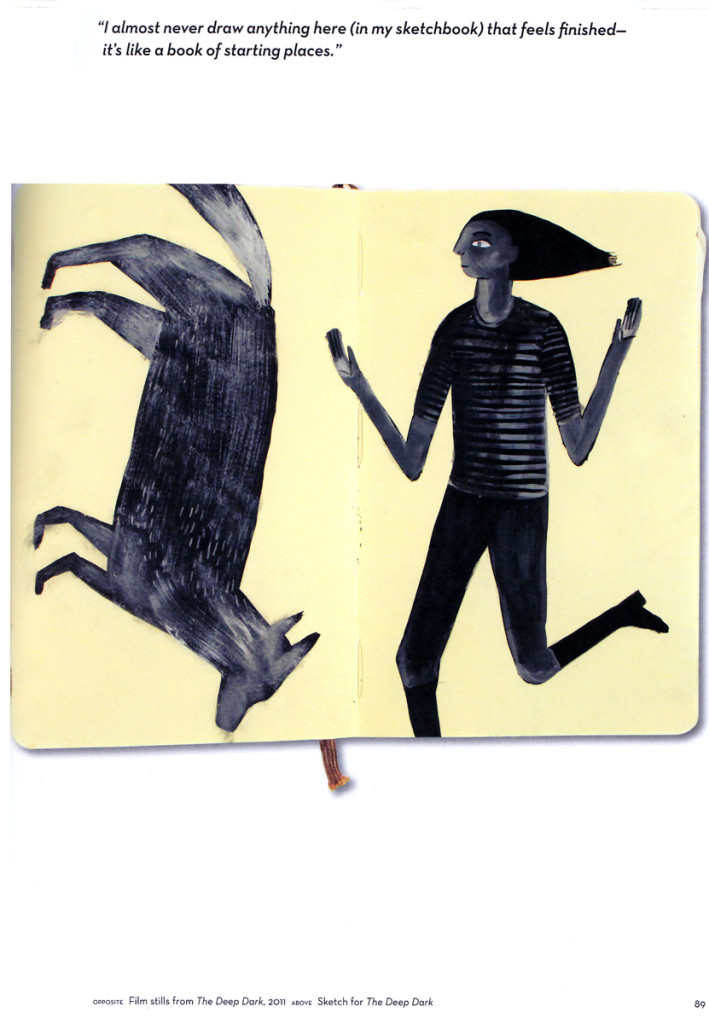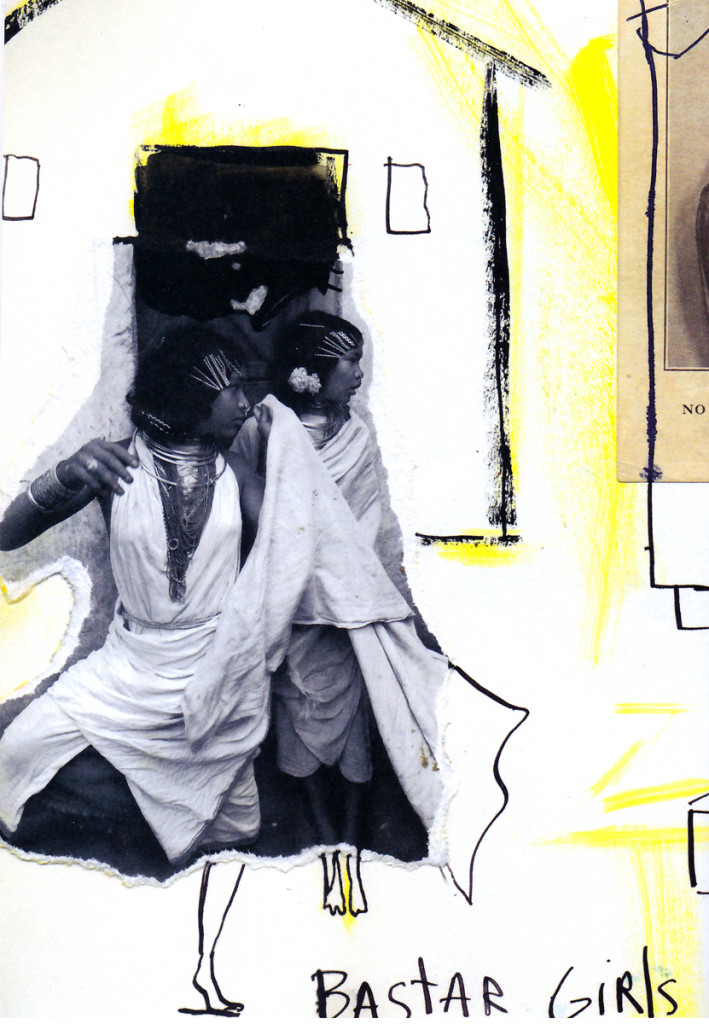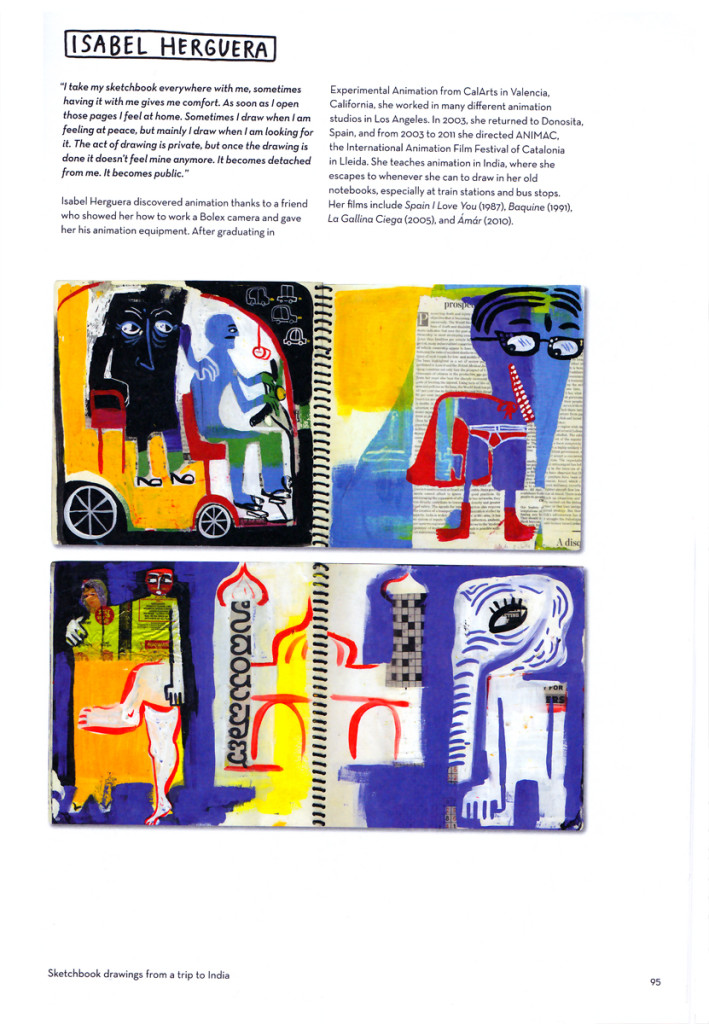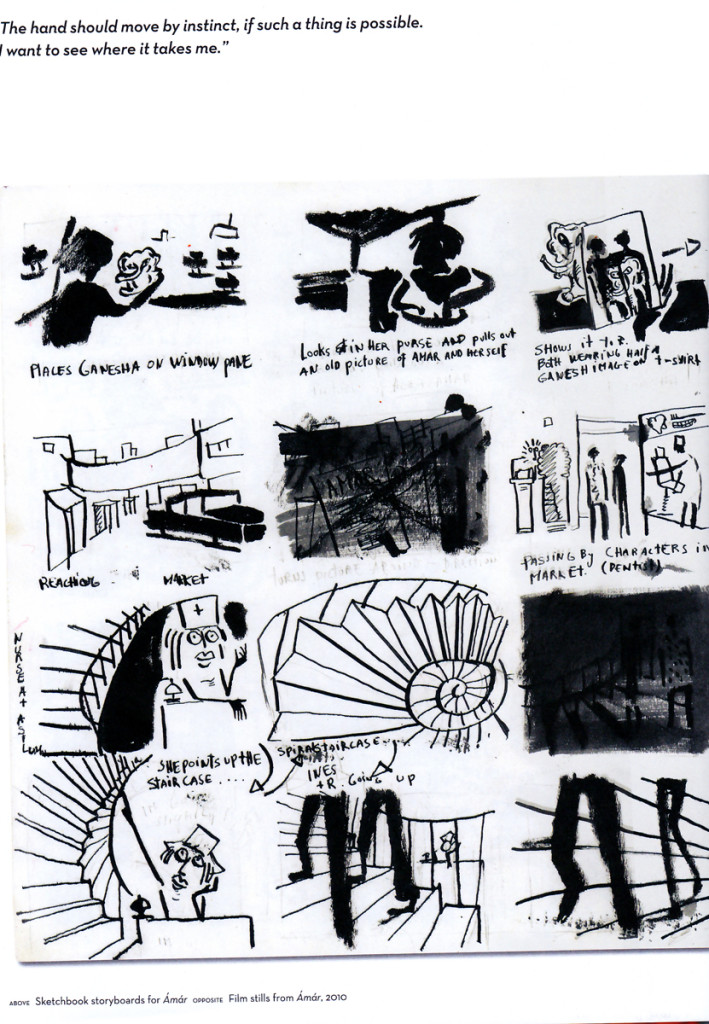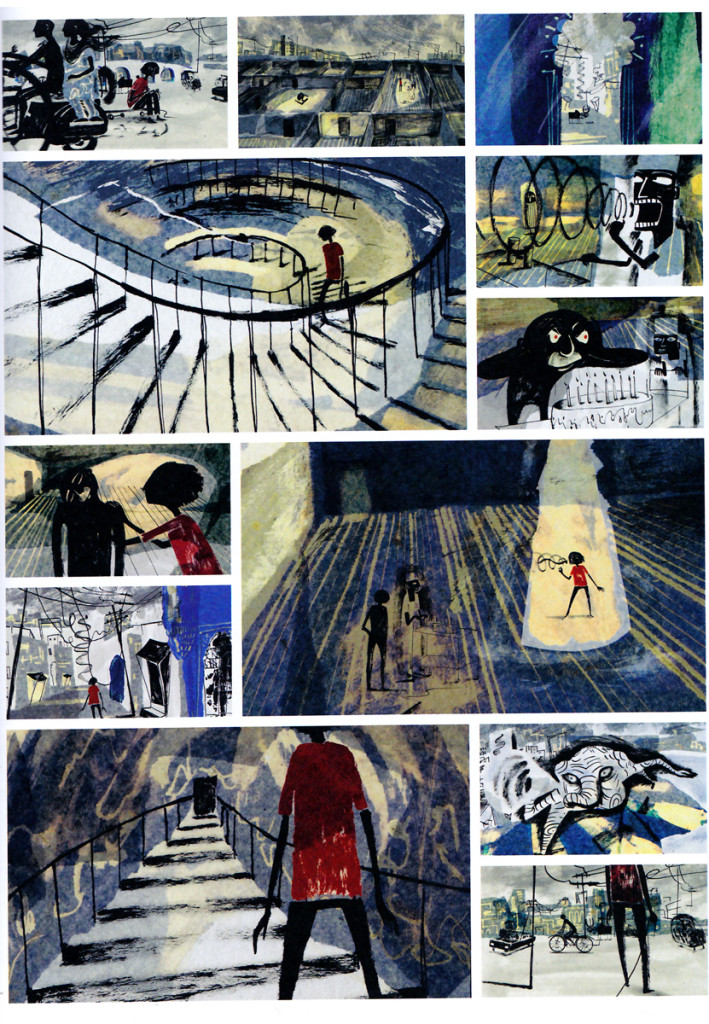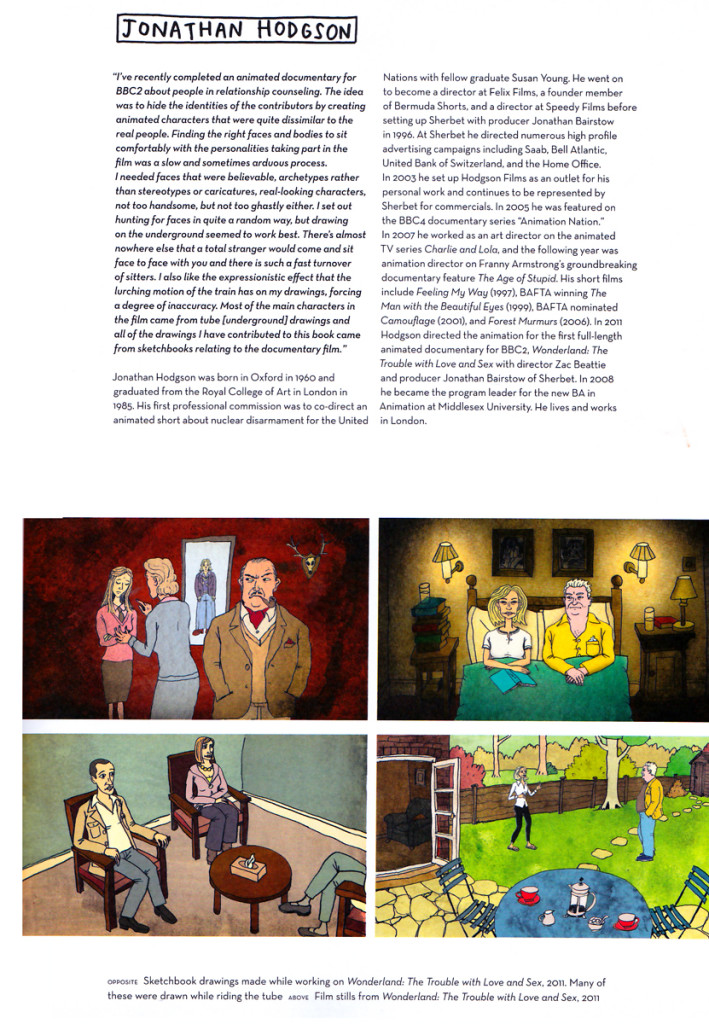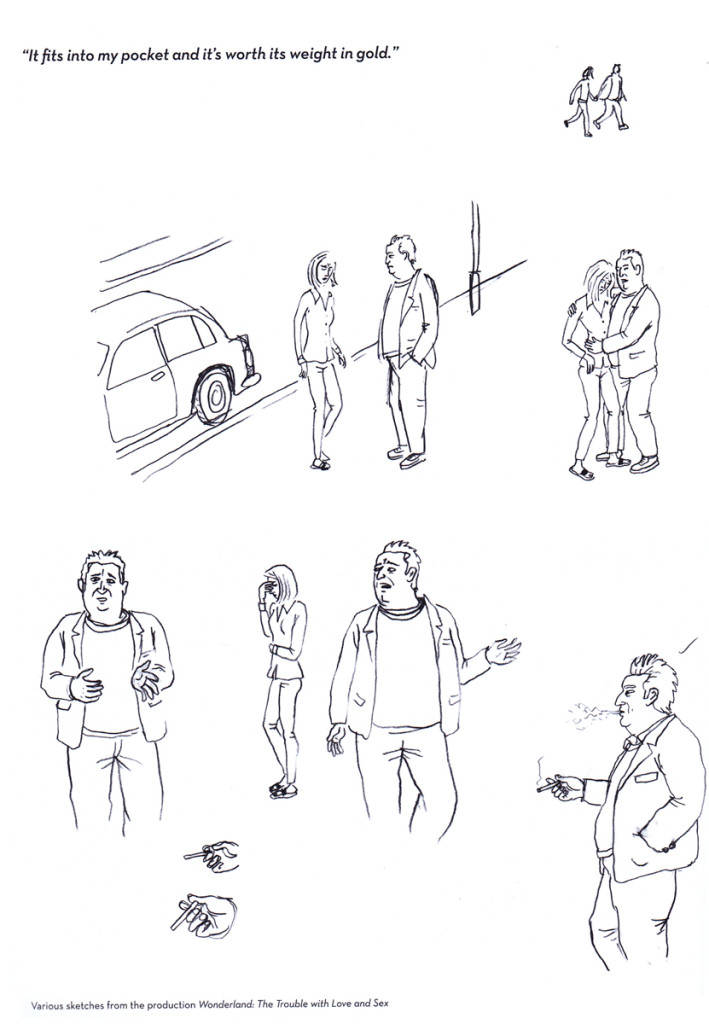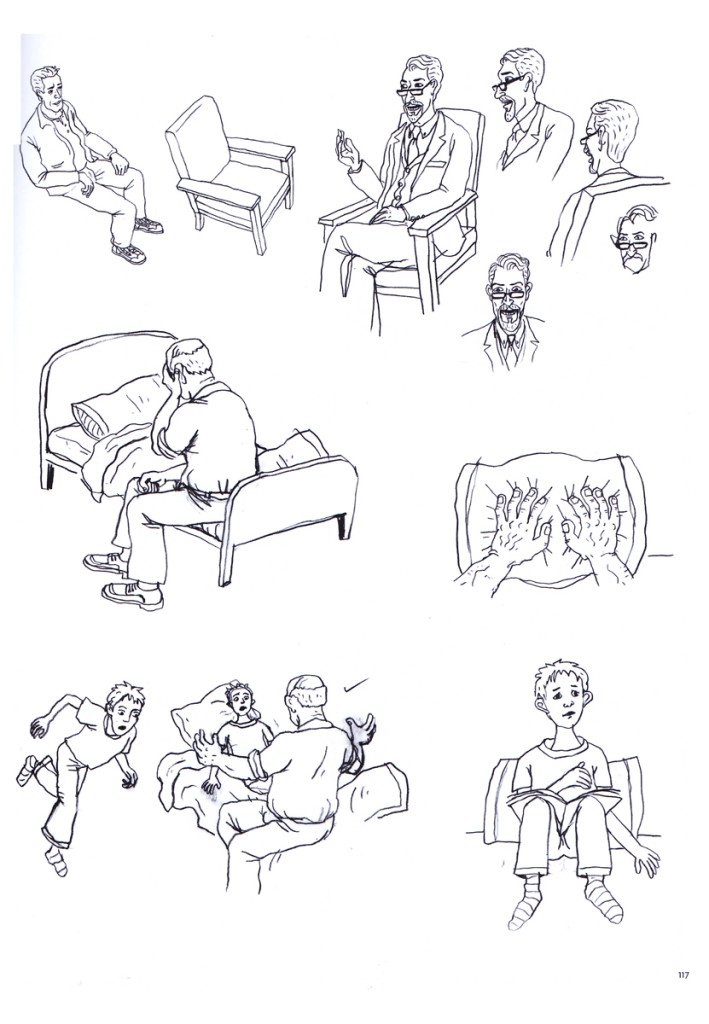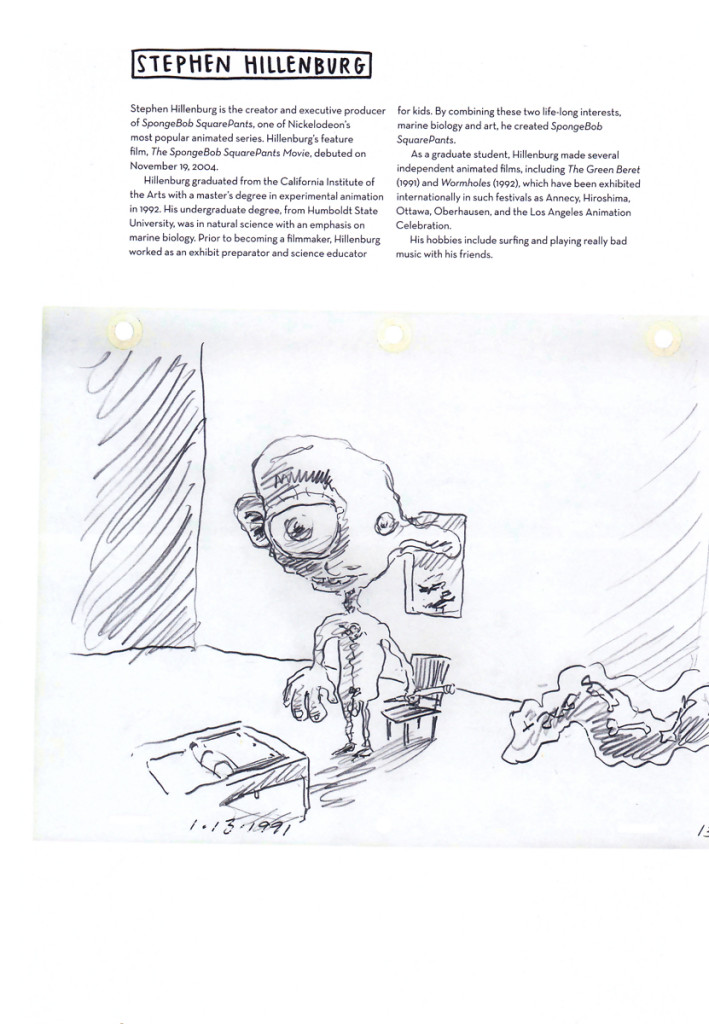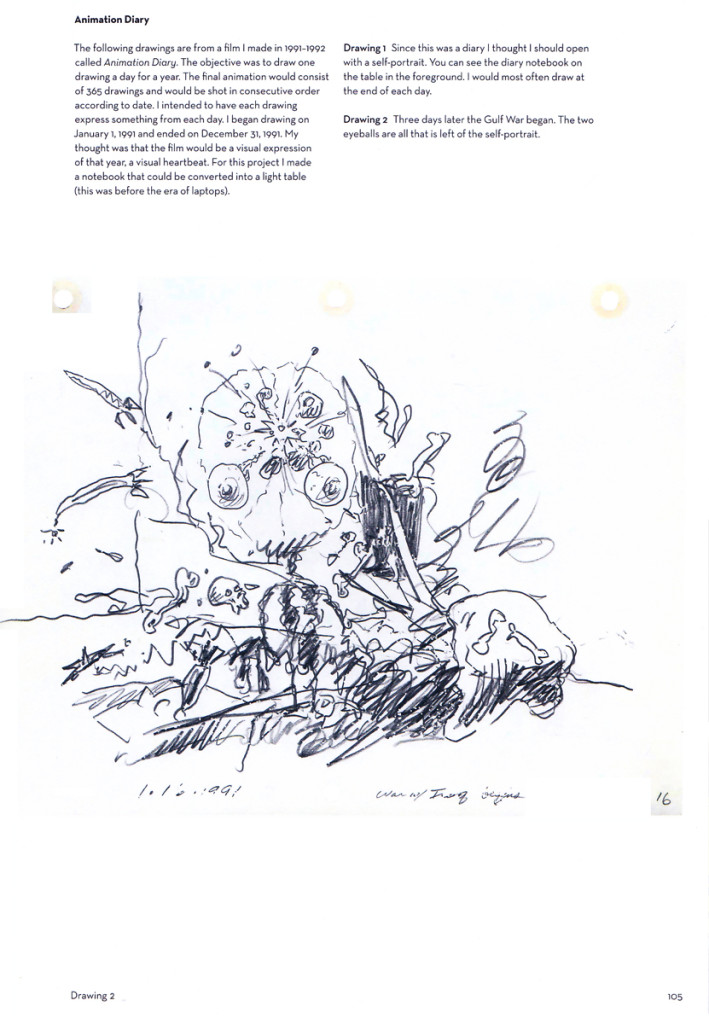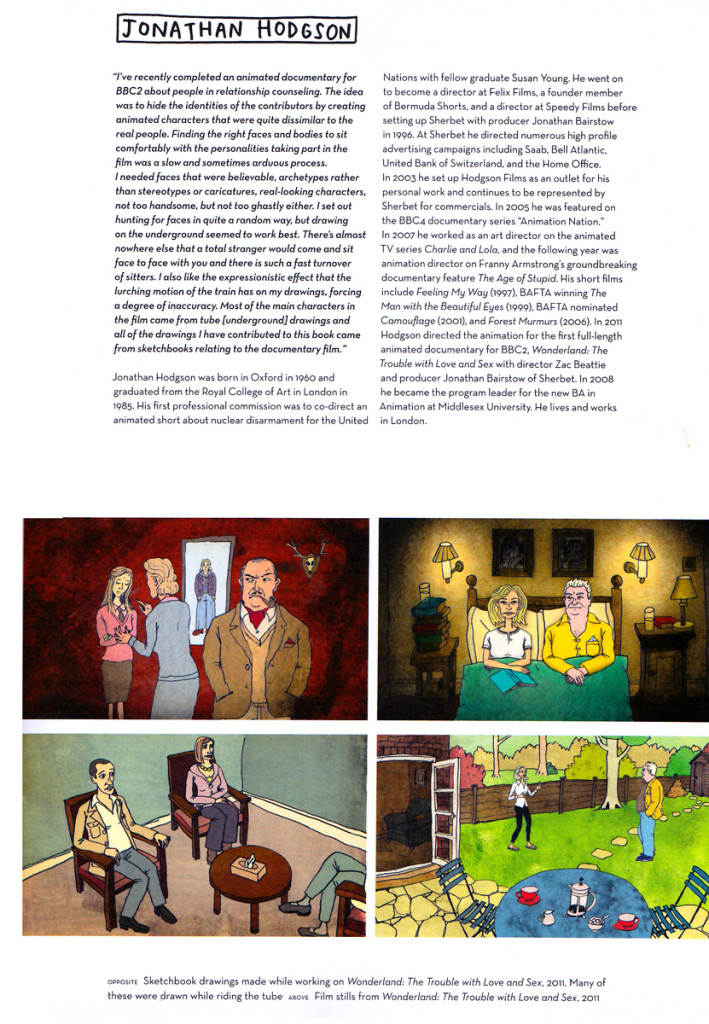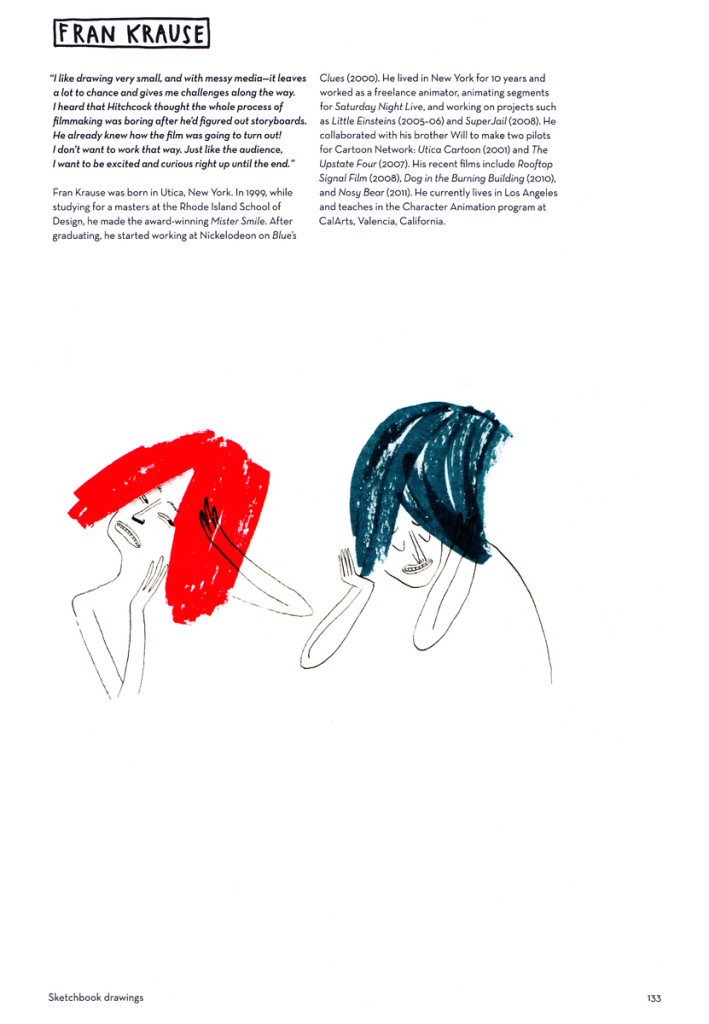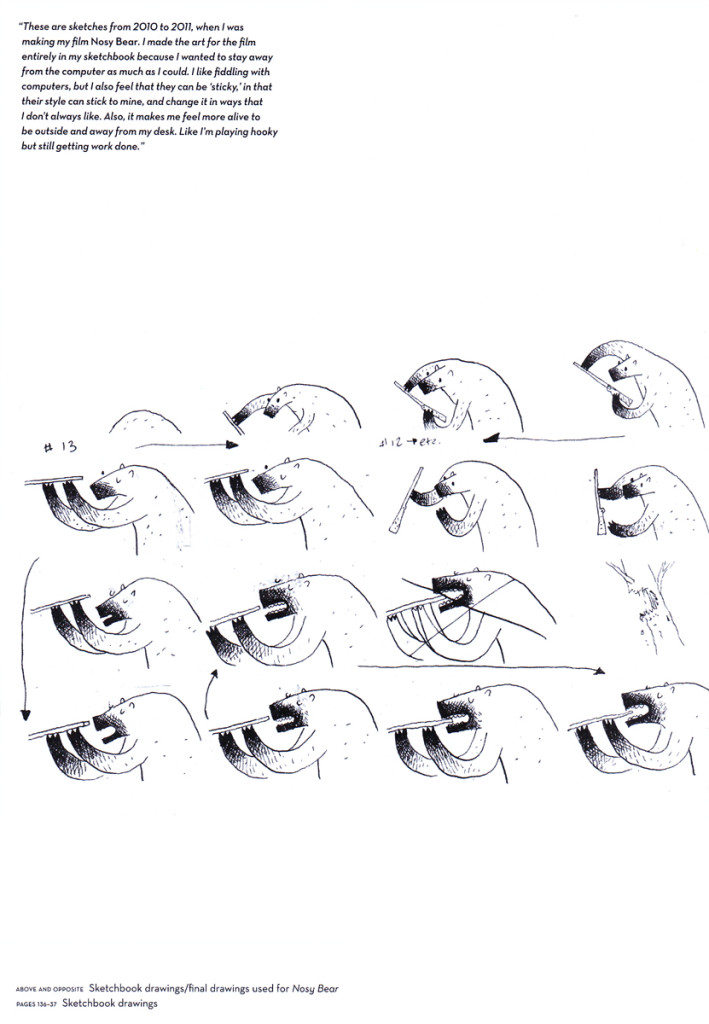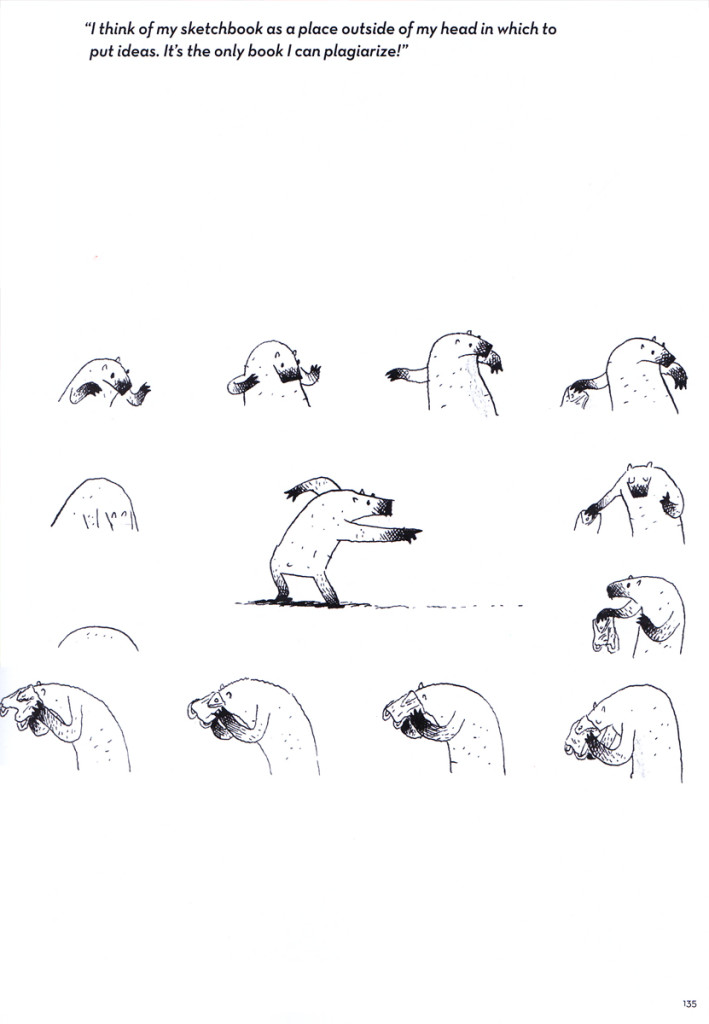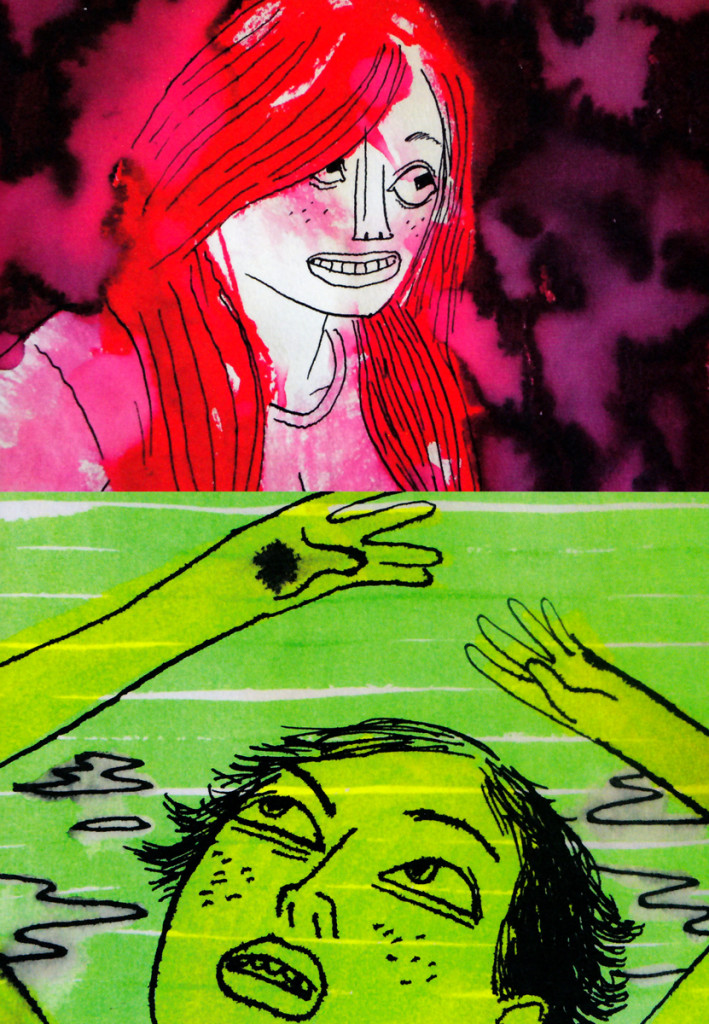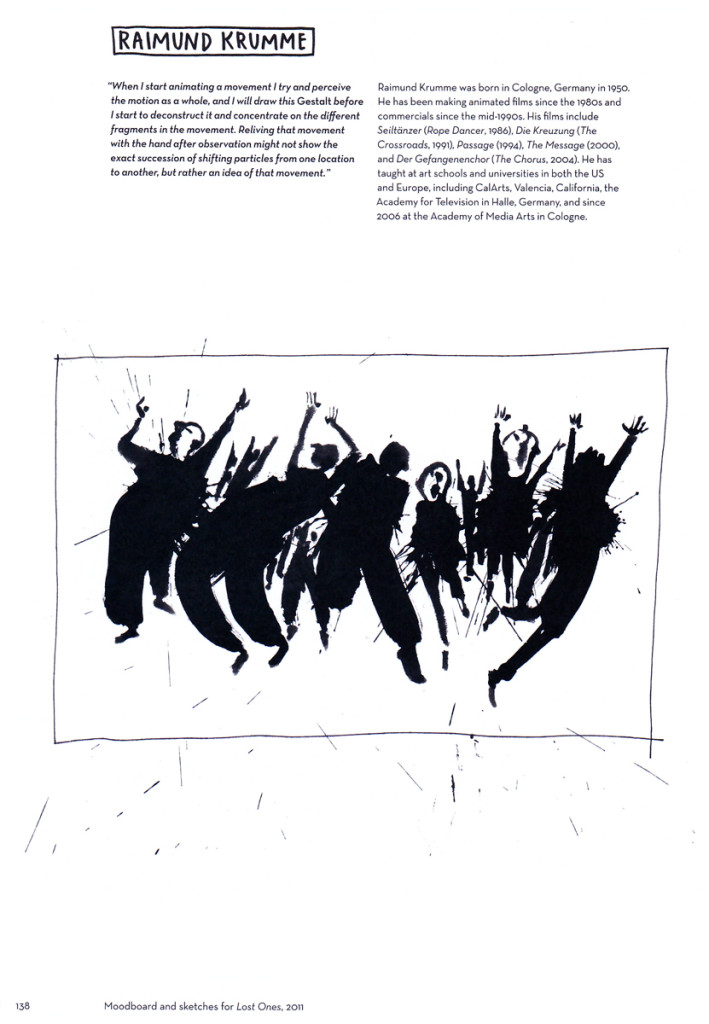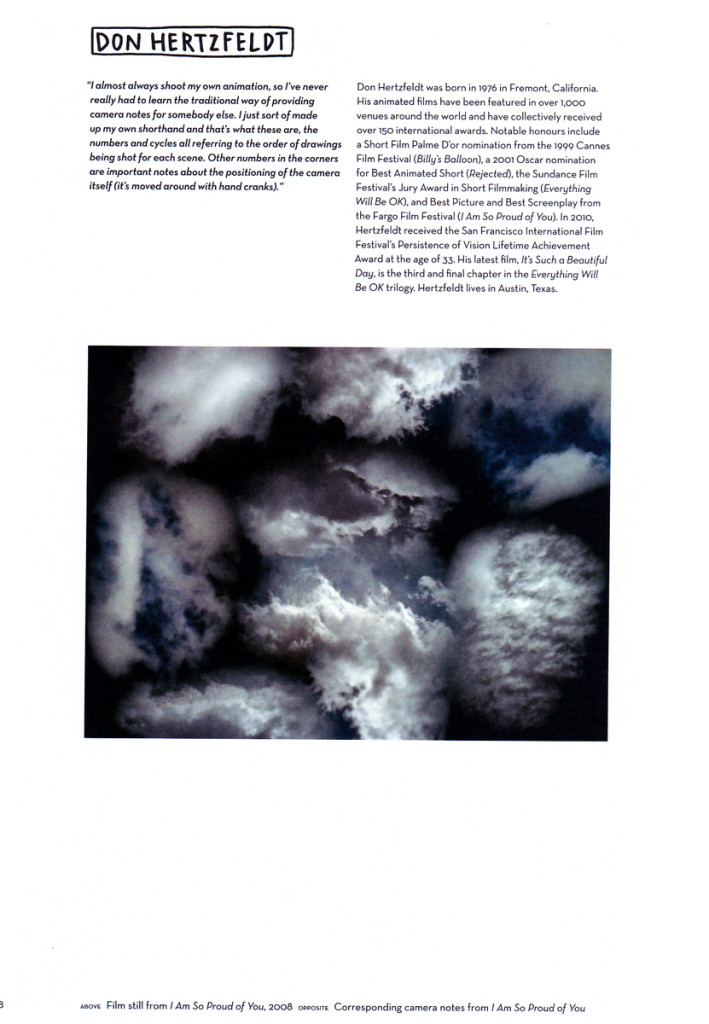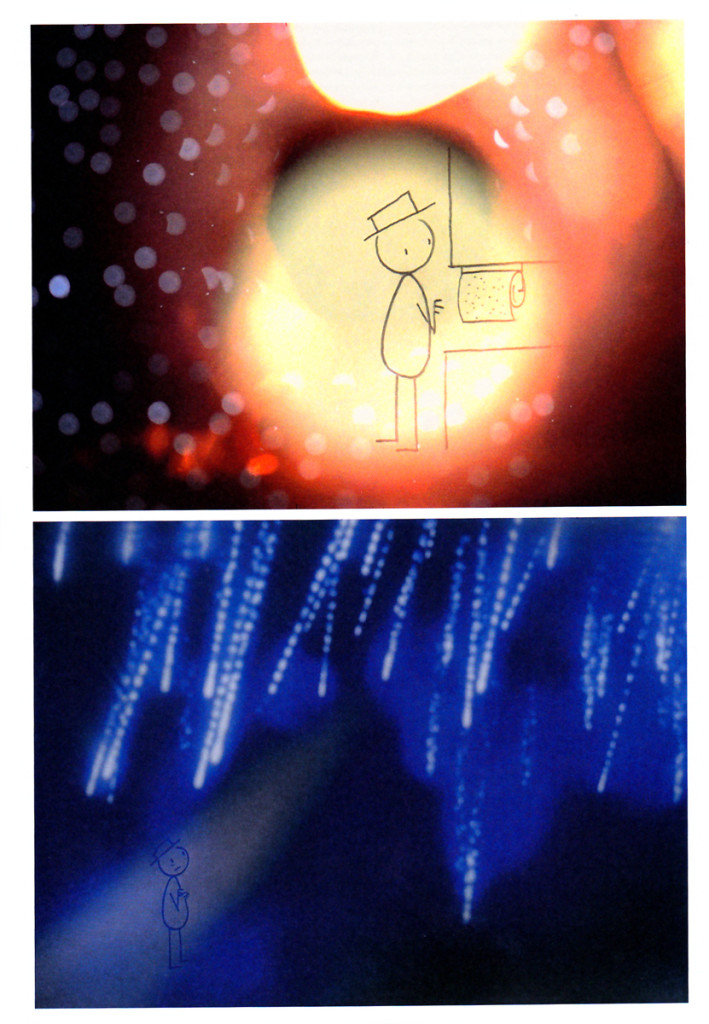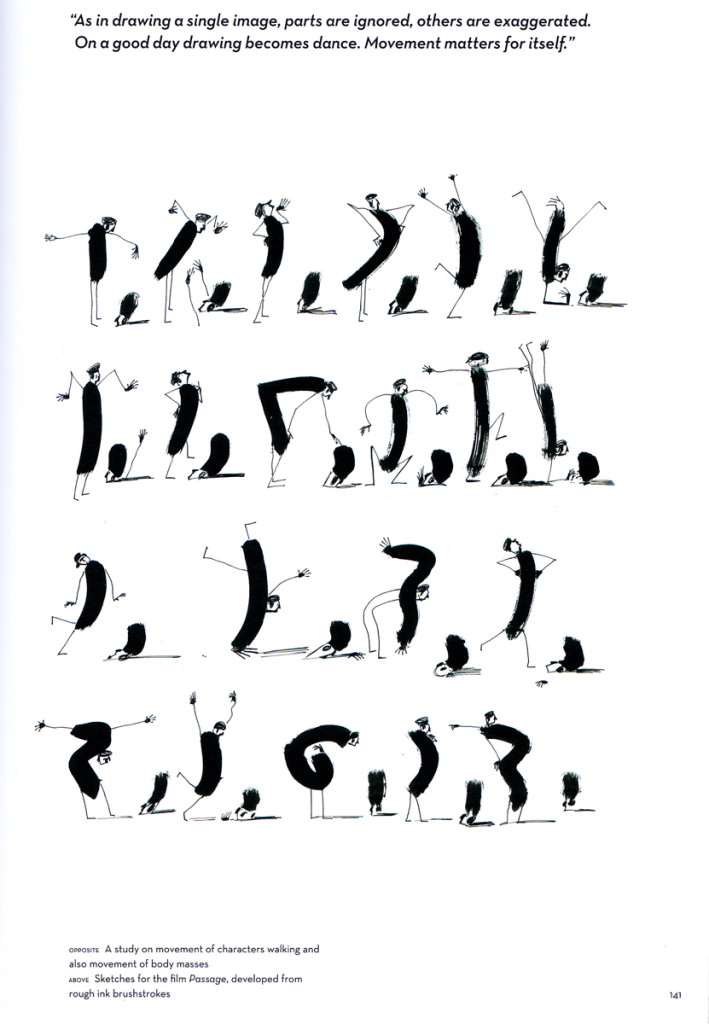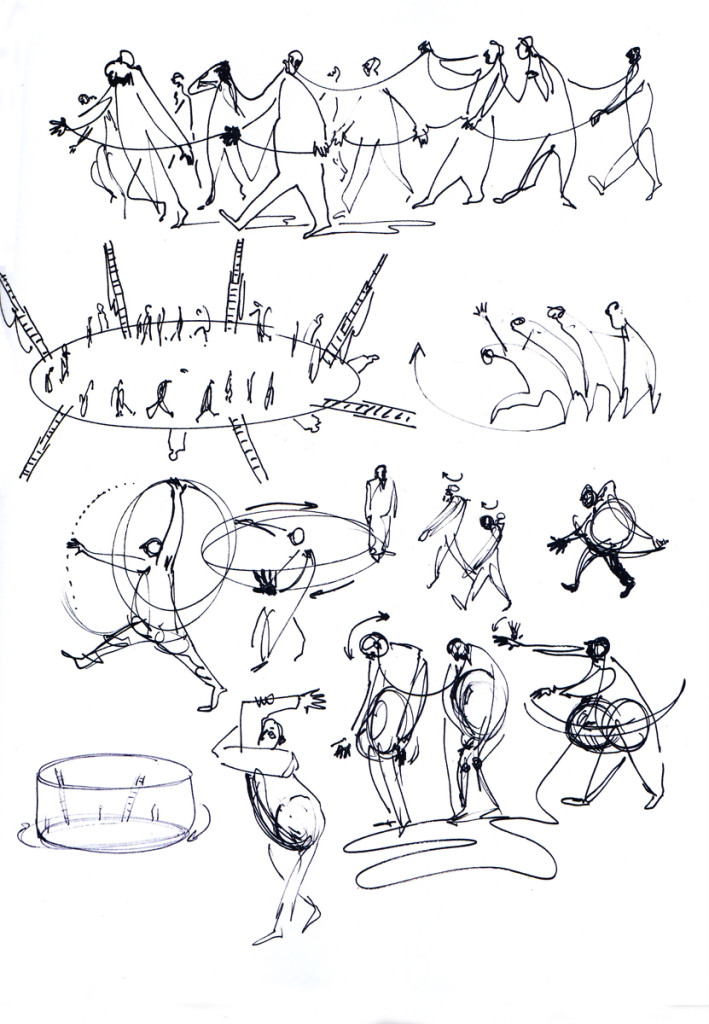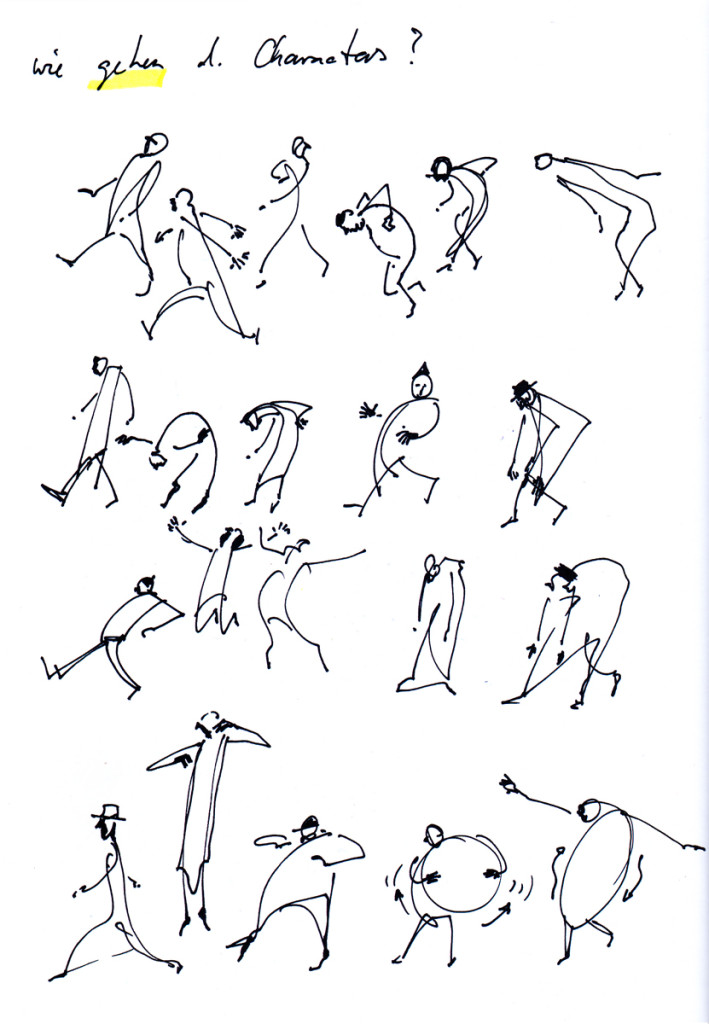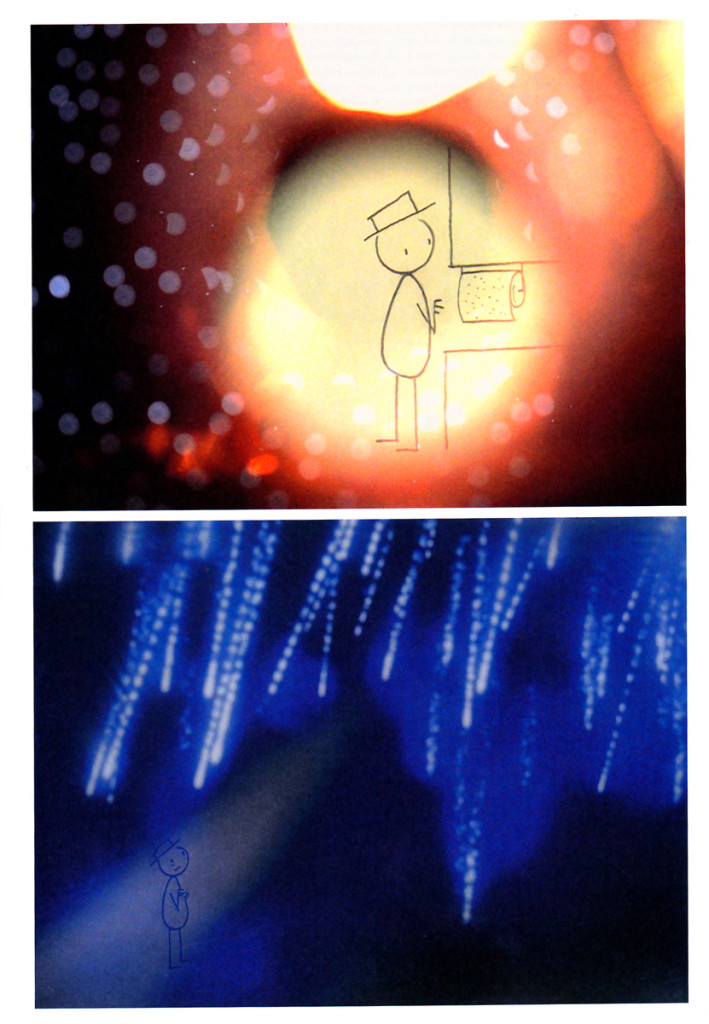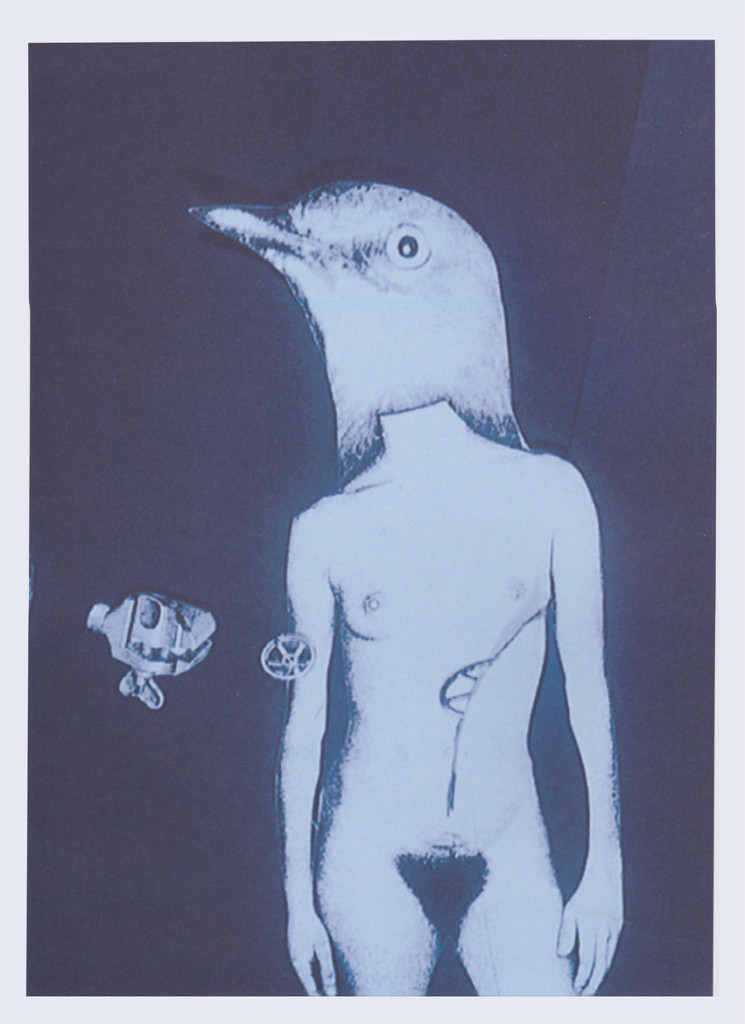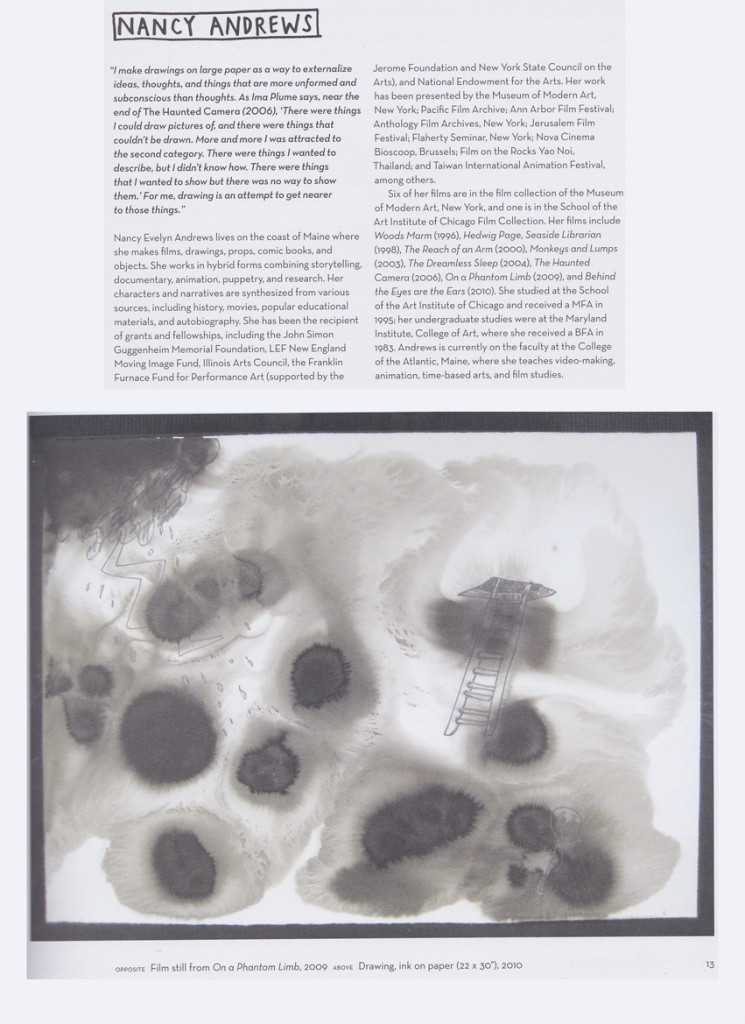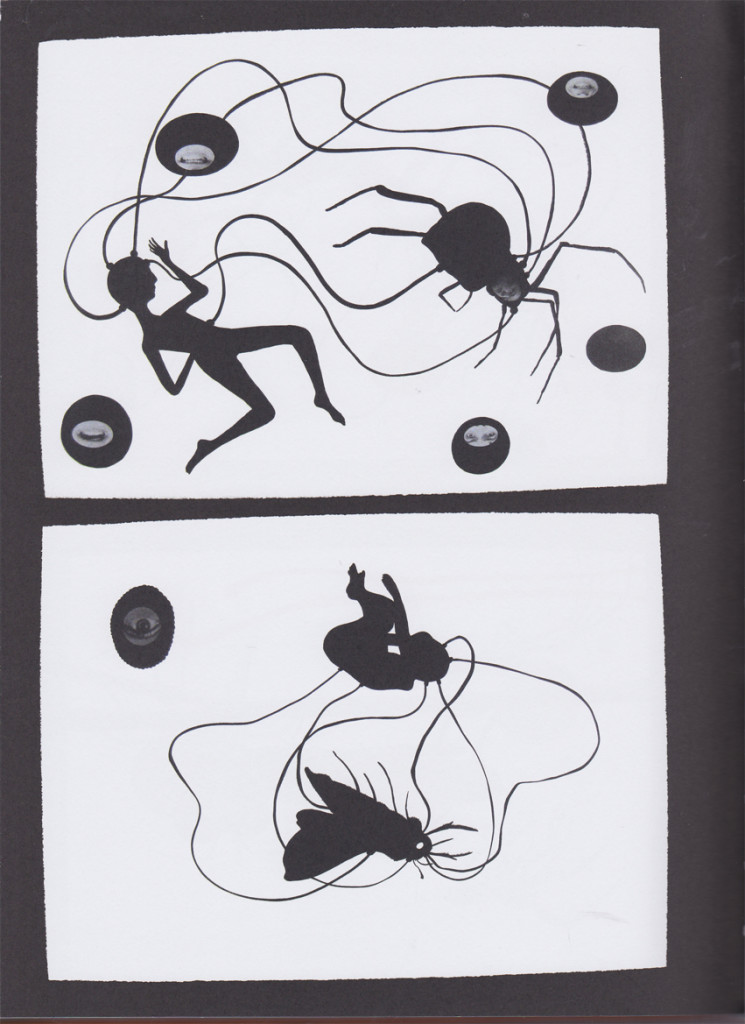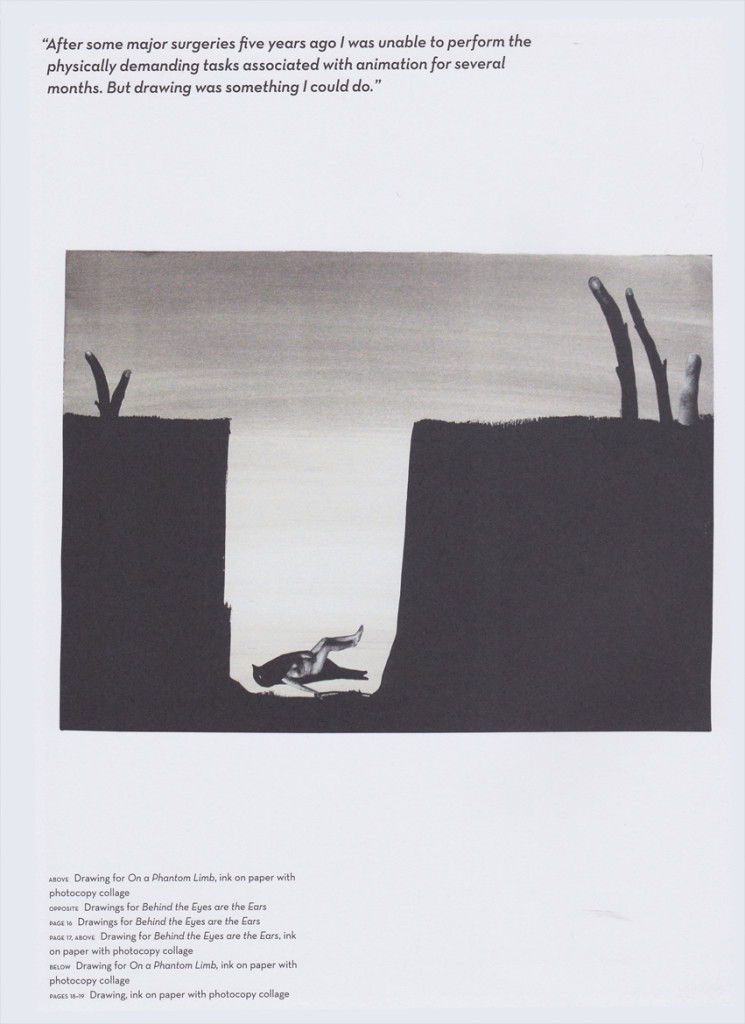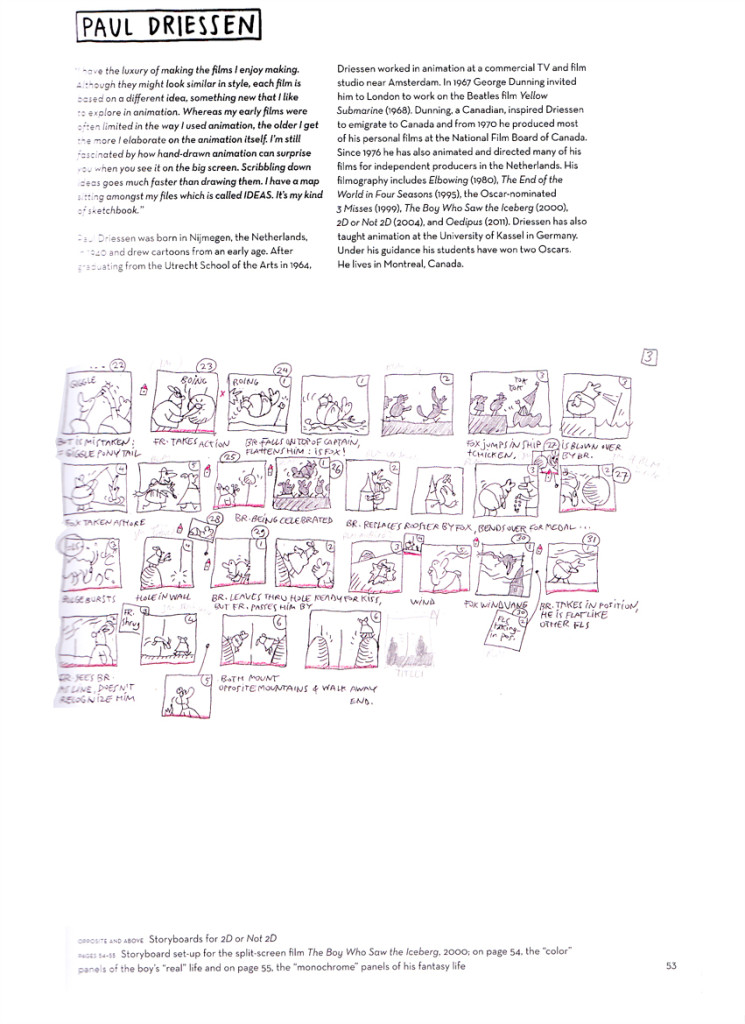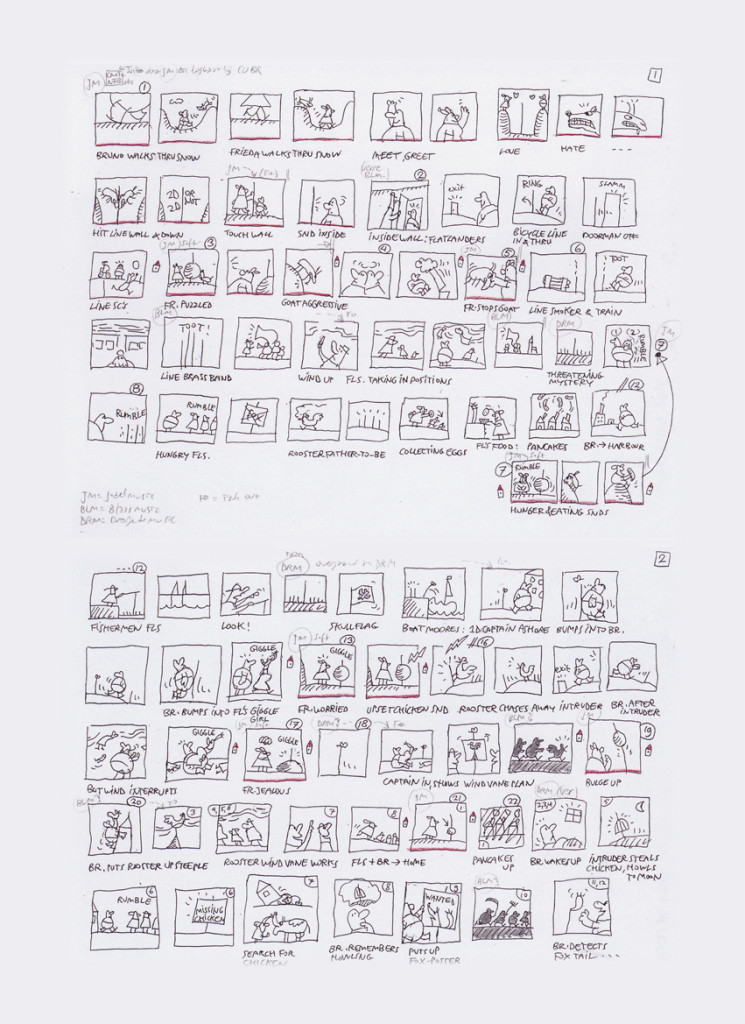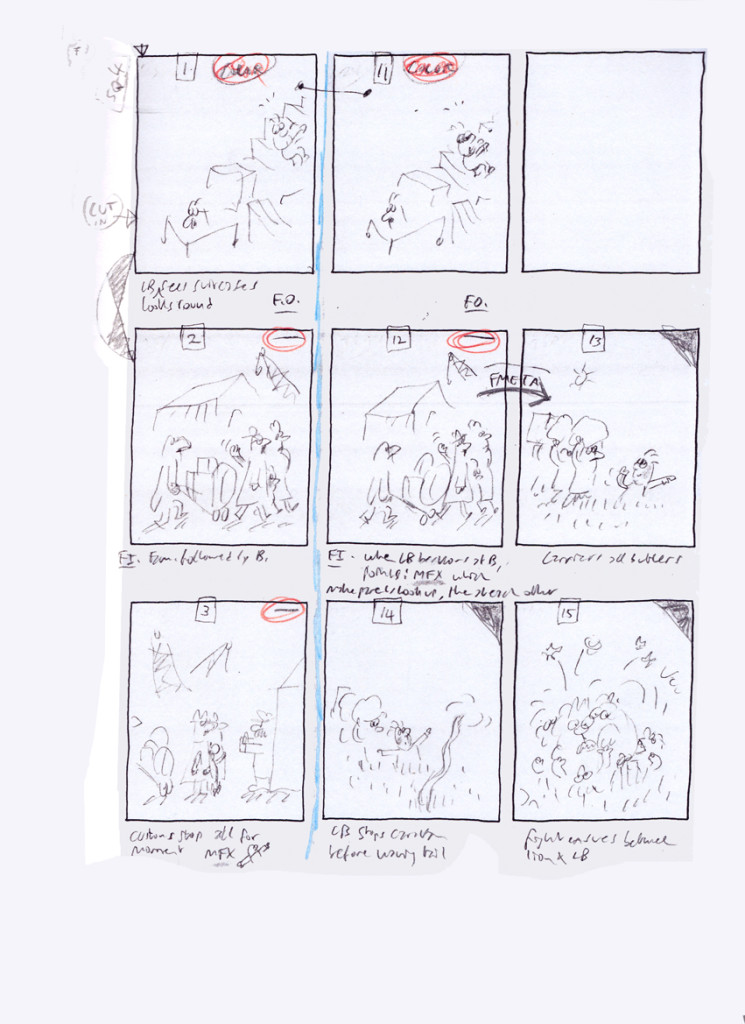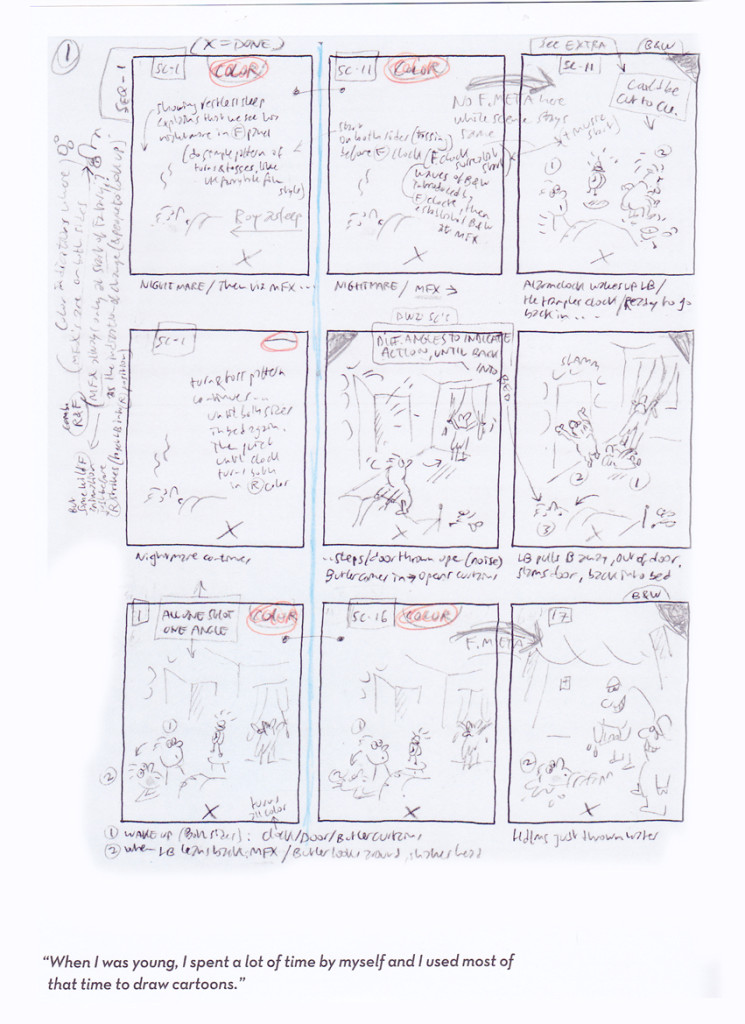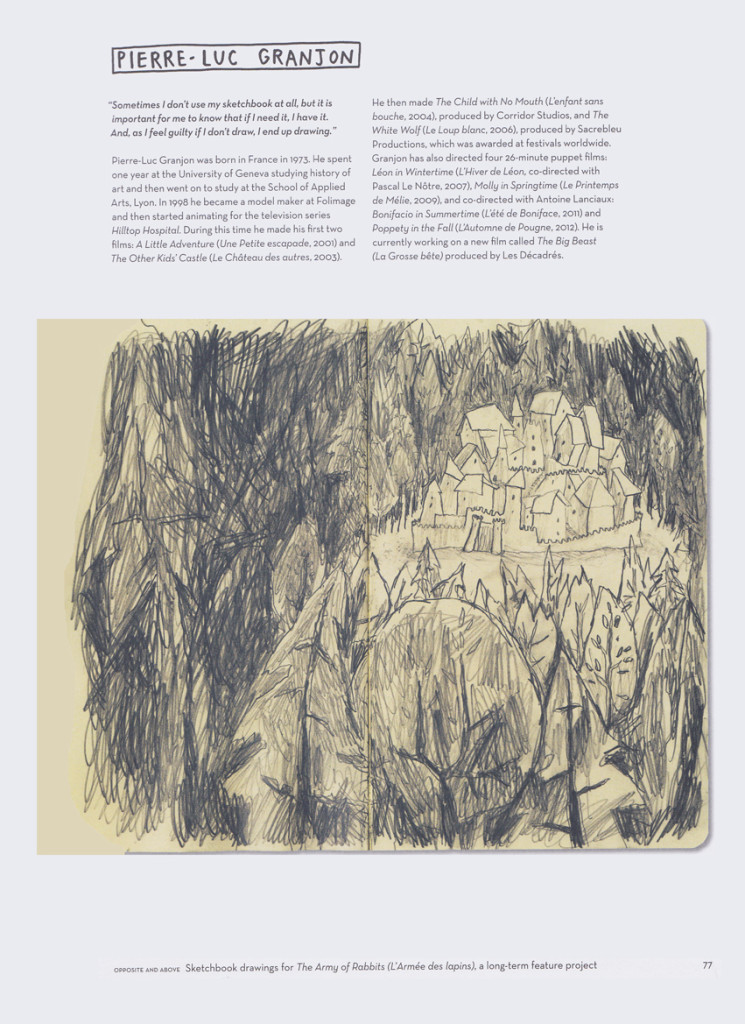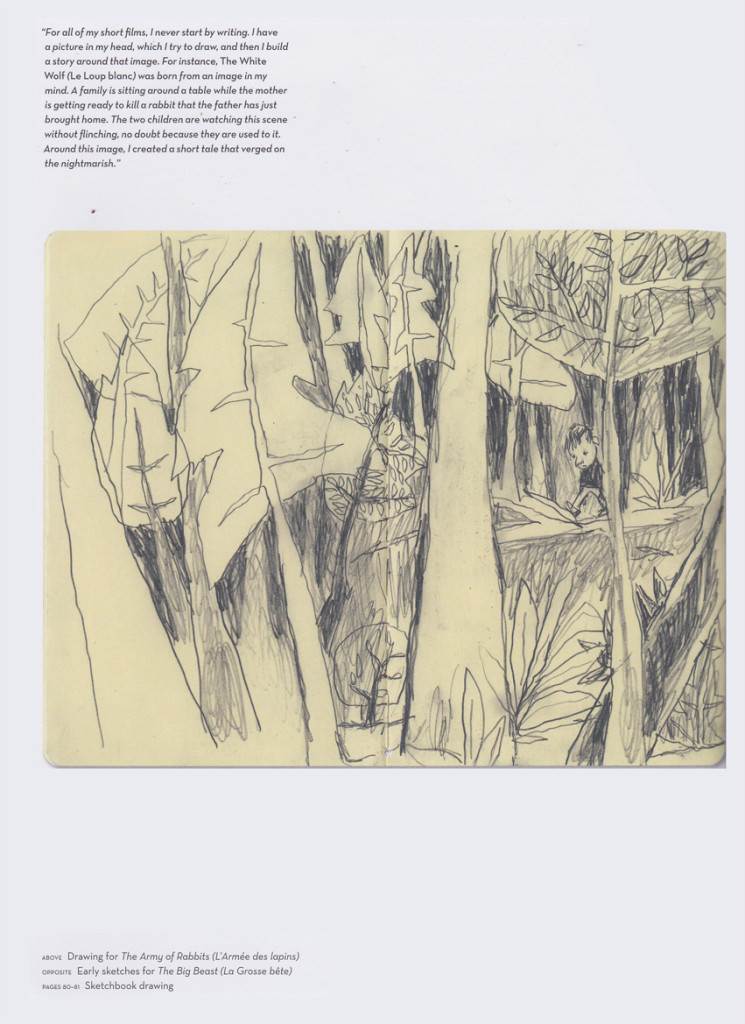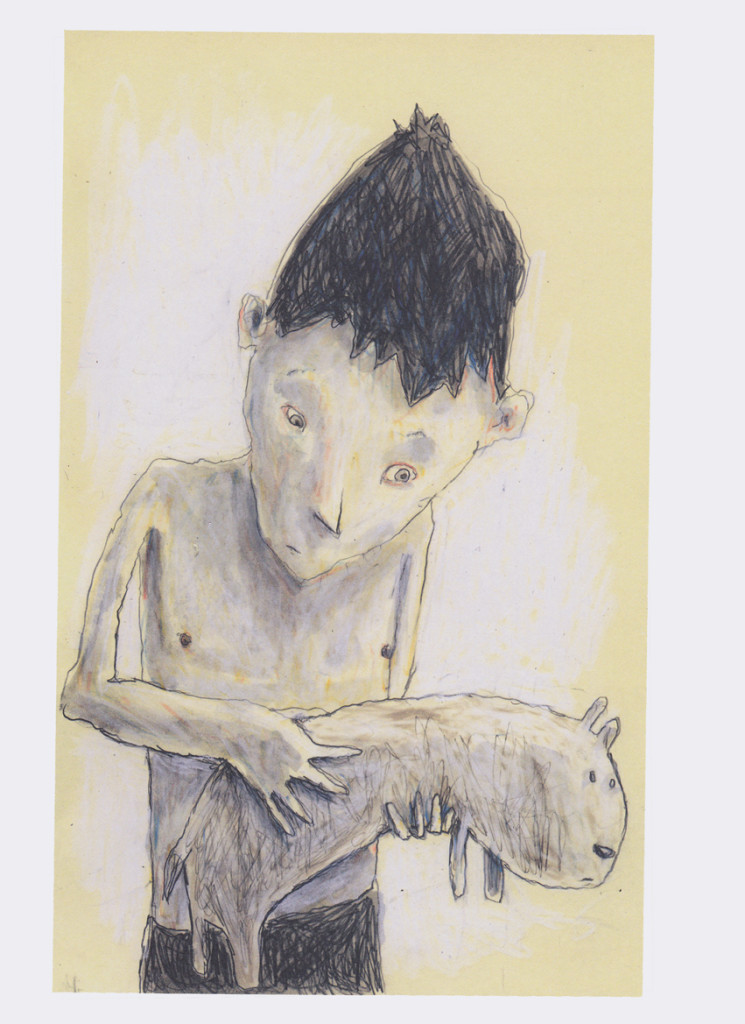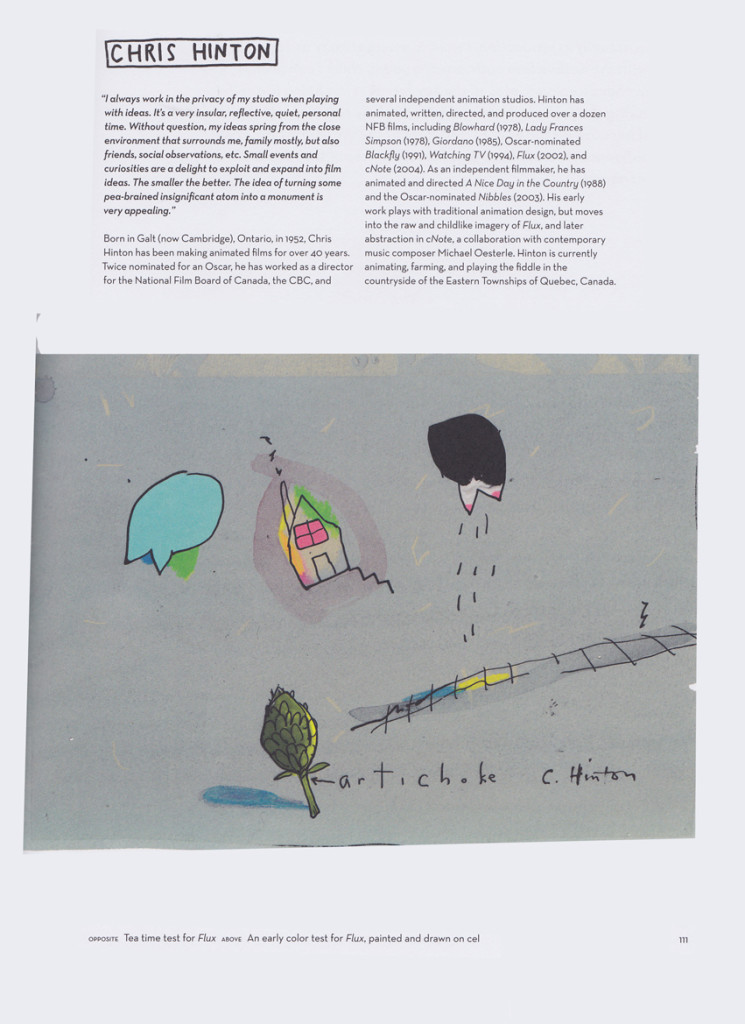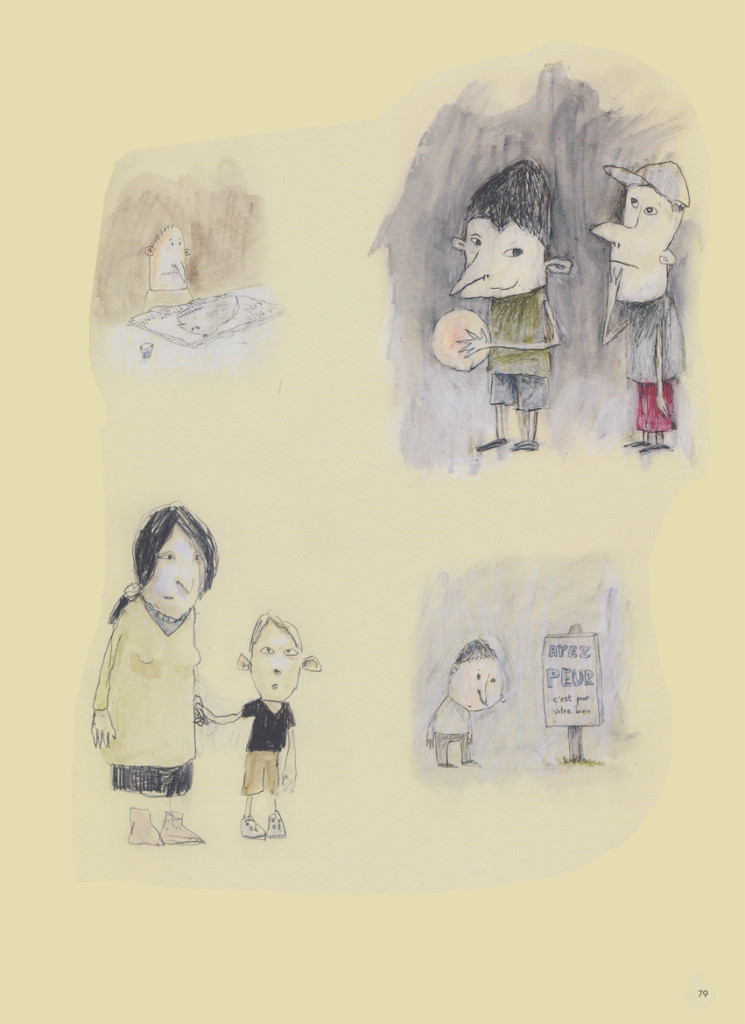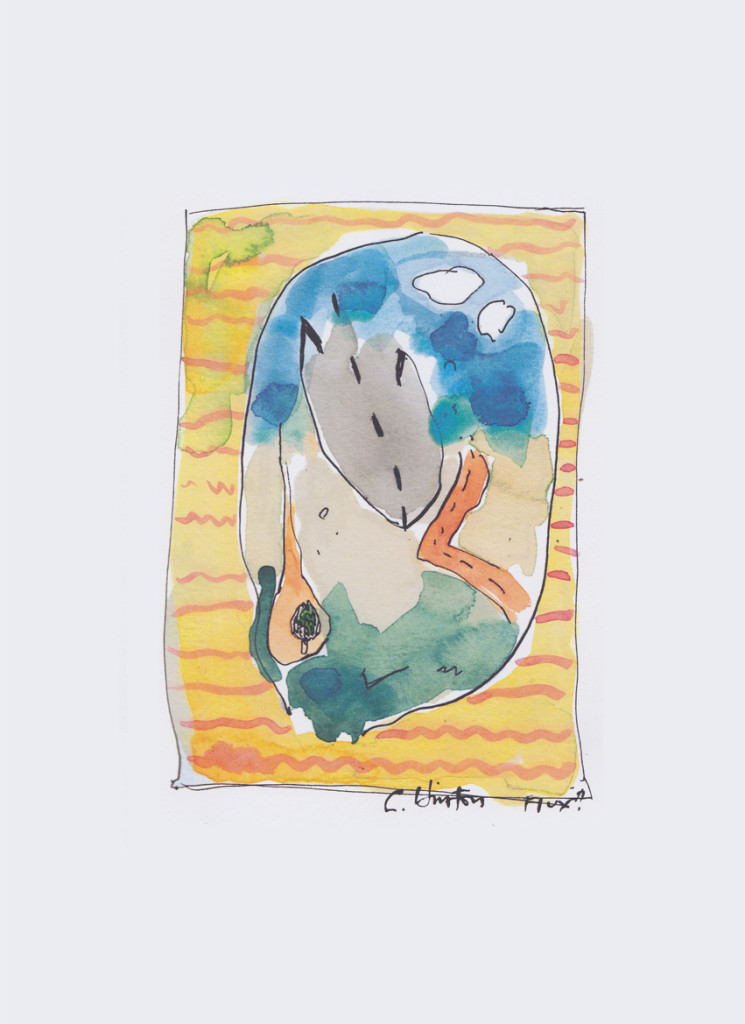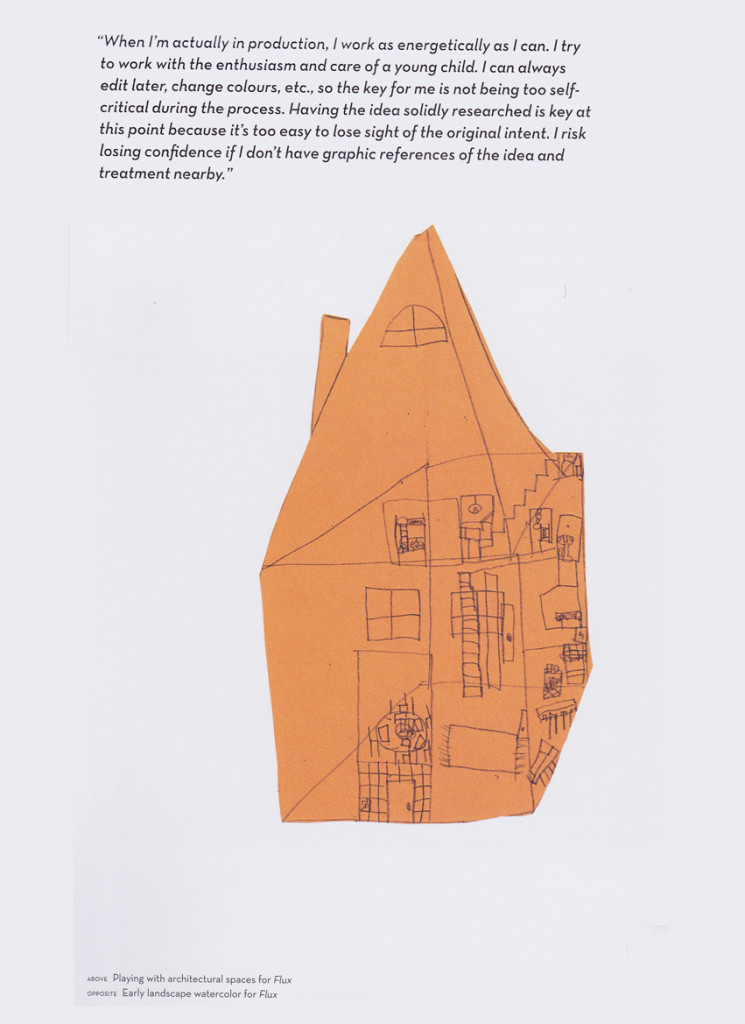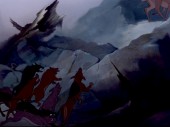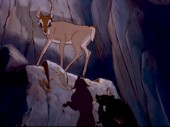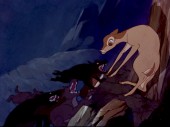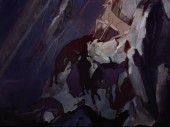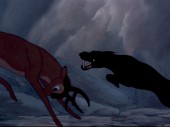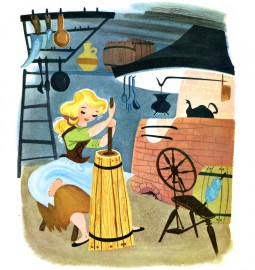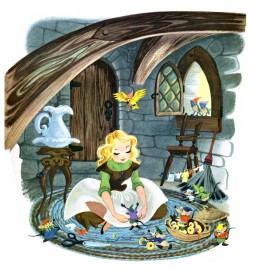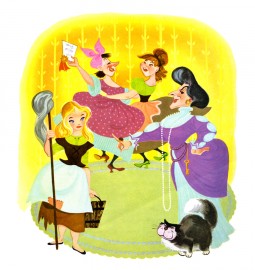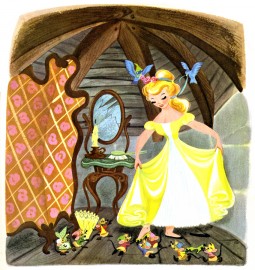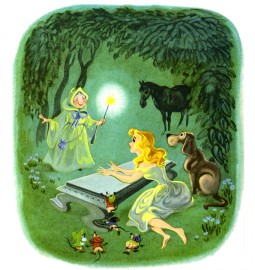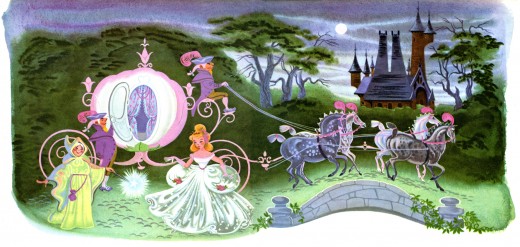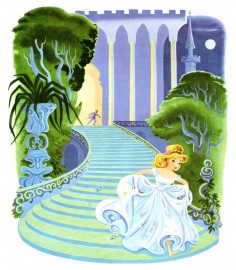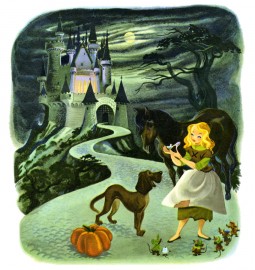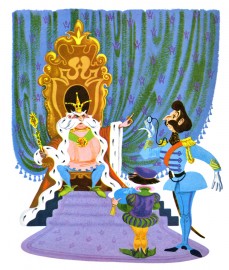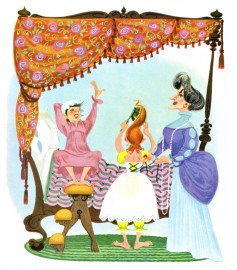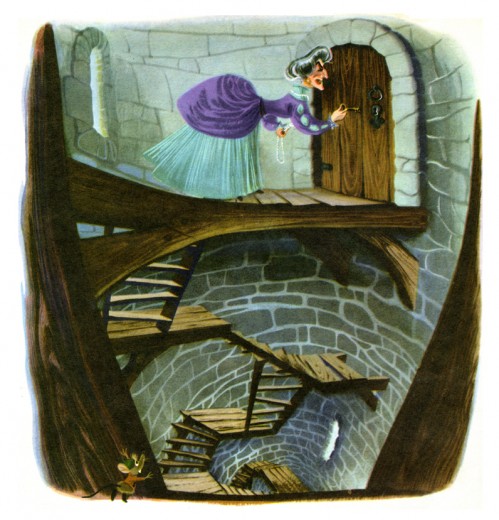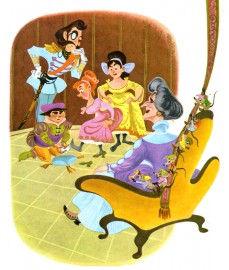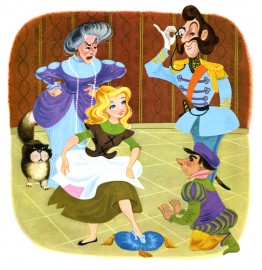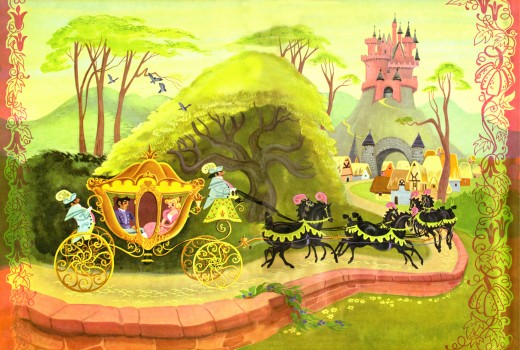Search ResultsFor "dumbo"
Commentary 12 Oct 2013 07:23 am
Getting to Know the New
Working with all this animation history, particularly the beautiful work that came out of the 30′s thru 50′s, I am so often in awe and deep in admiration for the work that was done. Even if it’s not the kind of art I love, it still overpowers me so often.
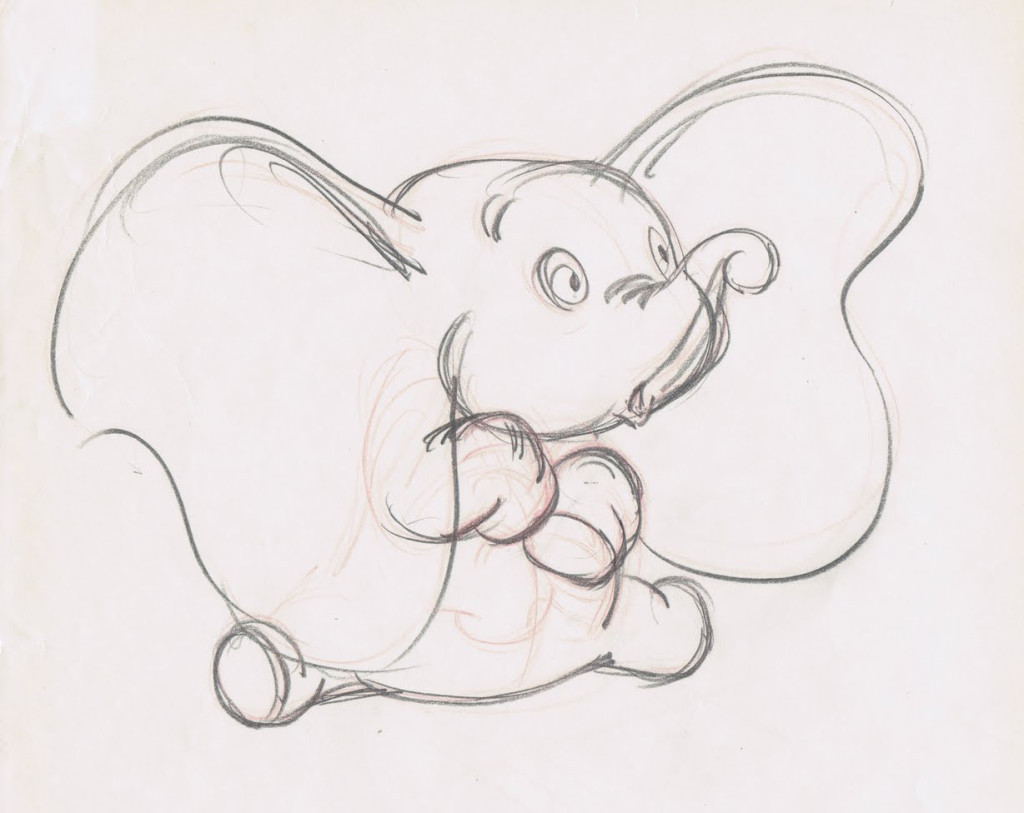 I mean let’s look at the amazing scene Alex Lovy did for the Woody Woodpecker cartoon, Ace In the Hole. Now Lovy was a good solid animator, not a Frank Thomas or a Bill Tytla. But he did good work, good solid animation.
I mean let’s look at the amazing scene Alex Lovy did for the Woody Woodpecker cartoon, Ace In the Hole. Now Lovy was a good solid animator, not a Frank Thomas or a Bill Tytla. But he did good work, good solid animation.
There were so many like him, so many strong animators with great personalities to animate. And all of his work is worth studying. Now we’re onto the cg animators. And it’s virtually impossible to study their work. Maybe four or five people get credit for a scene. It’s impossible to discern who deserves the signature. We don’t know how many were involved, nevermind what work they actually did. And what if the opposite were true – only one of the animators was great and (s)he carried a number of mediocre talents? There’s a good liklihood that that does happen. How can we tell?
We know that when Frank Thomas animated one of those great scenes he did in the fifties (like  Captain Hook sword-fighting while worrying about that ticking clock growling louder in the background), or the squirrel sequence he did in Sword in the Stone. We know he animated it and didn’t have help from another Master animator like John Lounsberry. No, the entire sequence was his, except for one or two scenes who can be easily tracked down and credited. We talked about this dilemma before.
Captain Hook sword-fighting while worrying about that ticking clock growling louder in the background), or the squirrel sequence he did in Sword in the Stone. We know he animated it and didn’t have help from another Master animator like John Lounsberry. No, the entire sequence was his, except for one or two scenes who can be easily tracked down and credited. We talked about this dilemma before.
Tom Sito just wrote a history of computer animation called Moving Innovation: A History of Computer Animation. I haven’t read it yet, though I look forward to doing so. Perhaps this is the first flicker of possibility that some animators out there will gain printed recognition for their work; it’s the first indication that maybe some of those artists will be heard from. I can only hope and I won’t qit until I do start getting that word back.
Anyone out there know of any specific scenes they want to call out, please do so. Use the comments page.
Bill Peckmann &Comic Art &Commentary 03 Oct 2013 11:55 pm
Snow White & Dumbo meet Tootie & Fred
.
- Here, from Walt Disney Comics, April 1945 edition is a wacky story mixing the Seven Dwarfs with Dumbo to fight the Wicked Prince.
I couldn’t help but post it. These comic books often seem to mix up the characters from different films to create unbelievable stories.
This comic comes from Bill Peckmann‘s enormous collection, and I thank him for sharing, yet again.
.
.
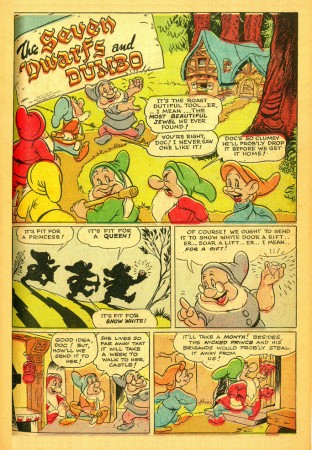 1
1(Click any image to enlarge.)
And here from a post I did in November 2006m there is James Stevenson‘s brilliant cartoon about a comic strip artist who was losing it. The piece appeared in his book, Something Marvelous Is About To Happen. It’s a great take on comic strip cartoonists and the relationship they have to their strips.
Here it is, The Last Days of Tootie and Fred.
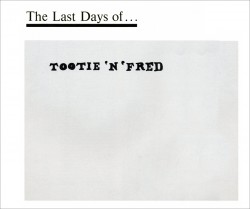 1
1 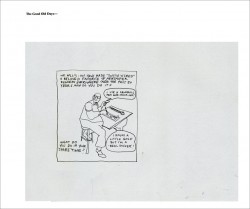 2
2
______(Click any image to enlarge.)
Animation Artifacts &Articles on Animation &Books &Commentary 23 Sep 2013 08:00 am
Heading Toward WB
Maurice Noble began his art career at Chouinard’s Art Institute. He and Mary Robinson (Blair) followed similar paths at the school. They both moved on to jobs decorating windows of Robinson’s Department Store. Their design styles were in no way similar, but their approaches to the art were. This was during the Great Depression, and there was no chance of getting a raise of salary there to match what ould be earned at Disney, They both moved on to working at Disney’s Studio.
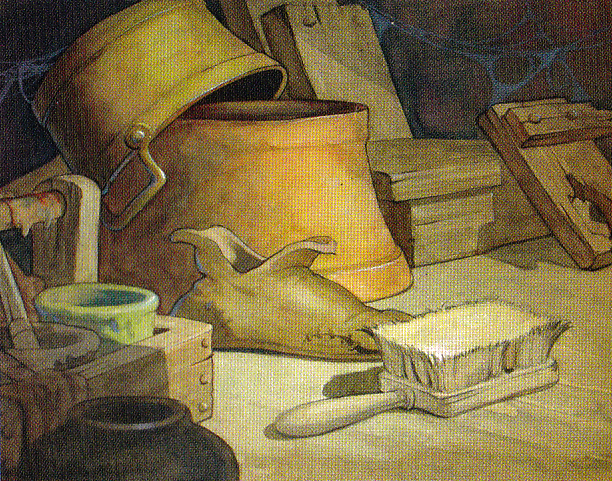 His first assignments were in painting backgrounds for some Silly Symphony cartoons such as Elmer Elephant, Water Babies, The Old Mill and The Country Cousin. All of these were “A” list Symphonies and were certainly plumb assignments within the studio, yet it took Maurice a short bit of time to appreciate the move he’d made toward animation. He soon found himself painting backgrounds on Snow White and designing on Bambi, Pinocchio, Fantasia and Dumbo. On Dumbo he helped to design the Pink Elephants sequence. He developed his personal approach to animation design.
His first assignments were in painting backgrounds for some Silly Symphony cartoons such as Elmer Elephant, Water Babies, The Old Mill and The Country Cousin. All of these were “A” list Symphonies and were certainly plumb assignments within the studio, yet it took Maurice a short bit of time to appreciate the move he’d made toward animation. He soon found himself painting backgrounds on Snow White and designing on Bambi, Pinocchio, Fantasia and Dumbo. On Dumbo he helped to design the Pink Elephants sequence. He developed his personal approach to animation design.
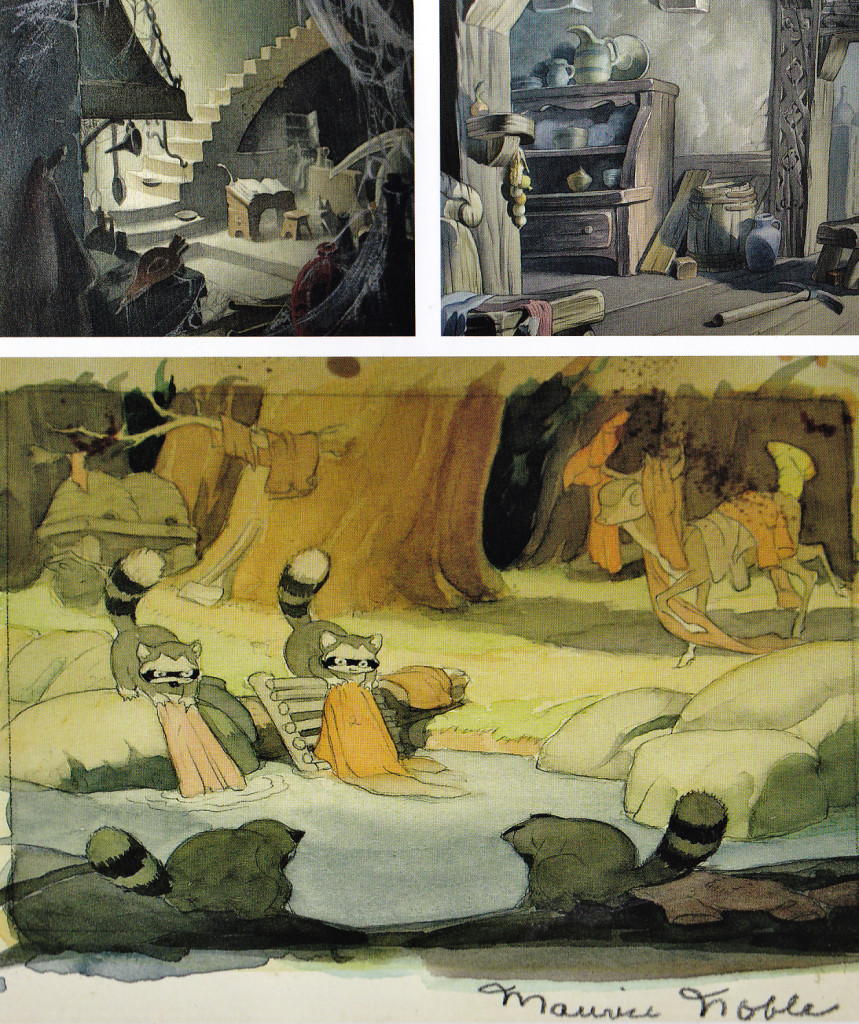
Selected art by Noble from Snow White
There was also a legendary screening, set up by Frank Lloyd Wright, attended by many at the Disney design group, of a Russian animated film called The Tale of Czar Durandai. This 1934 short film was directed by the famous Ivan Vanov-Vano. John Hubley also used thisfilm as an example of inspirational work for the animation he was to do.
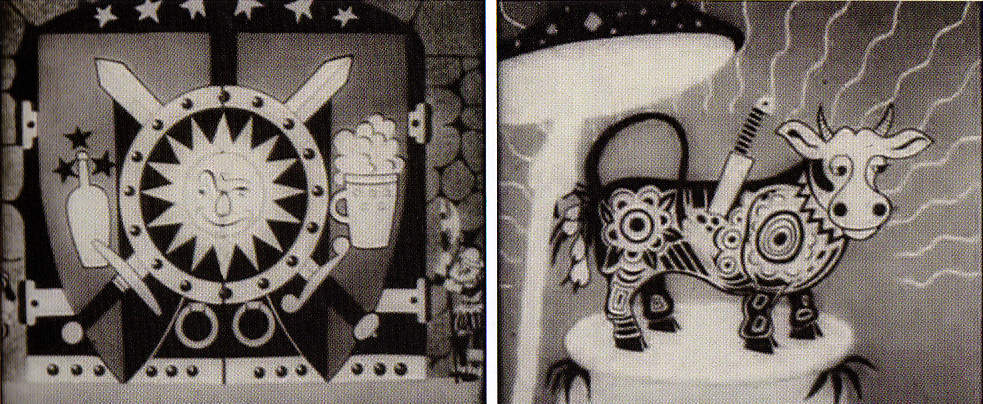
The Tale of Czar Durandel
Maurice Noble had also participated in the strike at Disney’s. When it was over, he was given a second-rate office, and it was obvious he was no longer in high demand at the Studio. He sat doing nothing for quite some time before receiving severance pay. He then joined the Signal Corps to work for the Army. The aggregation of artists who had joined the group was a top-notch selection of excellent designers all of whom were committed to 20th Century Art in animation. Animation had joined the Modernist movement, and was on its way to producing “adult” fare.
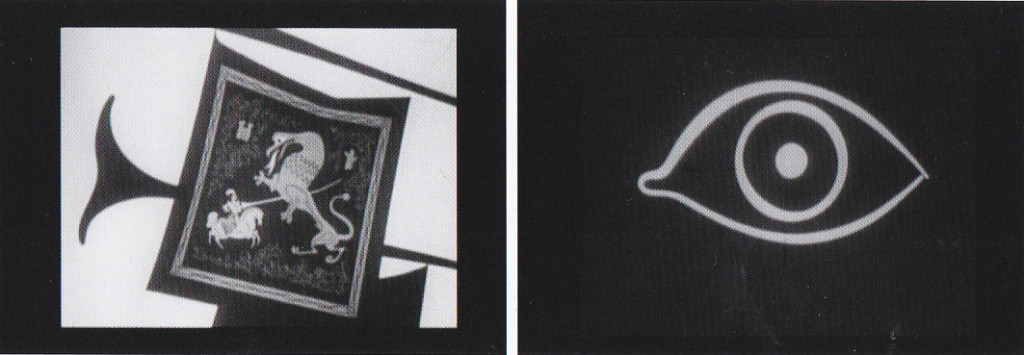
A Few Quick Facts About Fear was a short produced/directed by Zach Schwartz
which took complete use of the new approach to artwork in animation.
Noble worked with Zach Schwartz on a film which led the way to the new approach to animation art. The film was done purposefully in B&W using a bold approach to the art.
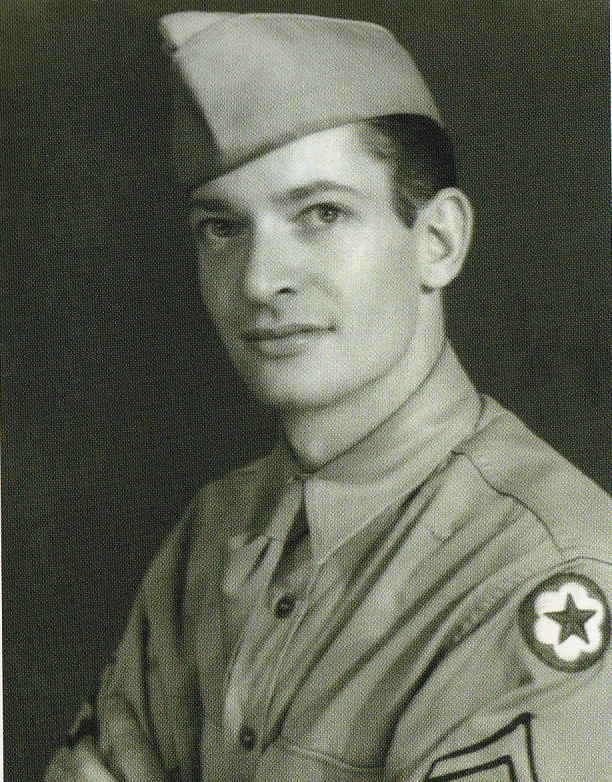
Maurice Noble in the SignalCorps.
Daily post 22 Aug 2013 06:04 am
Animators’ Sketchbooks – pt.1
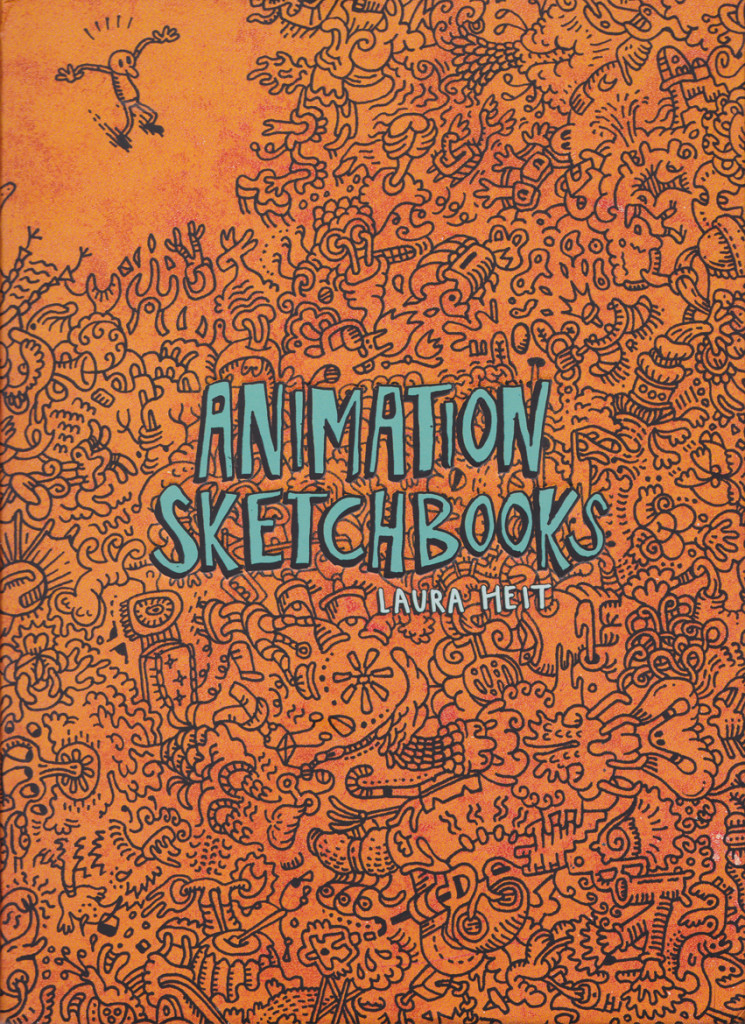
Animation Sketchbook, cover
Back in the 60′sm when I first saw Richard Williams‘ work and then when I went to work for Williams, I noticed there was something new and wonderful afoot. Williams did a lot of the storyboard work himself, and these were often sequences that he he, himself animated. The same, mind you, was true of sections of the storyboard that Ralph Bakshi took great pride in doing. Even Don Bluth put qte a bit into his storyboard work and took great pride in what sections he’d done. Like Williams, he espoused the urgency of the great of animation, but he seem to take more personal pleasure from those storyboard sequences he did on is own.
Chronicle Books recently sent me a beauty of a book to take a look at. Called Animation Sketches, there’s no doubt this book was done to be sold at the current San Diego Comic-con. It’s a virtual feast of art by new, young animation film makers. In the old days, ou’d have a collection of artworks which were made to piece together some scene from Dumbo, Bambi or the like. Nowadays, because the artwork is built on original free-form work, each artist’s sketches are designed to stand on their own, and they do.
I’d like to present a fair share of the many drawings and sketches in this book, but it’ll take time, so expect more than the one post I offer here. This book offers a new tye of stlizing which formidabl attempts to chnage the look of animation. It is certainly not designed for two dozen people to be working on the same show, but for now, at least, this method seems to to be working.
Most board artists who were doing long sequences, did their omplete boards. When a key short was in process, that one board artist did it all. From Lambert the Sheepish Lion to Eric Goldberg’s Genie in Aladdin or his Nutcracker Suite short for Fantasia 2000 there can be no denying that the individual was leading the way through some of these very personal films.
This book of art edited and collected by Laura Heit shows the other – the most personal of film work. Here’s some of it.
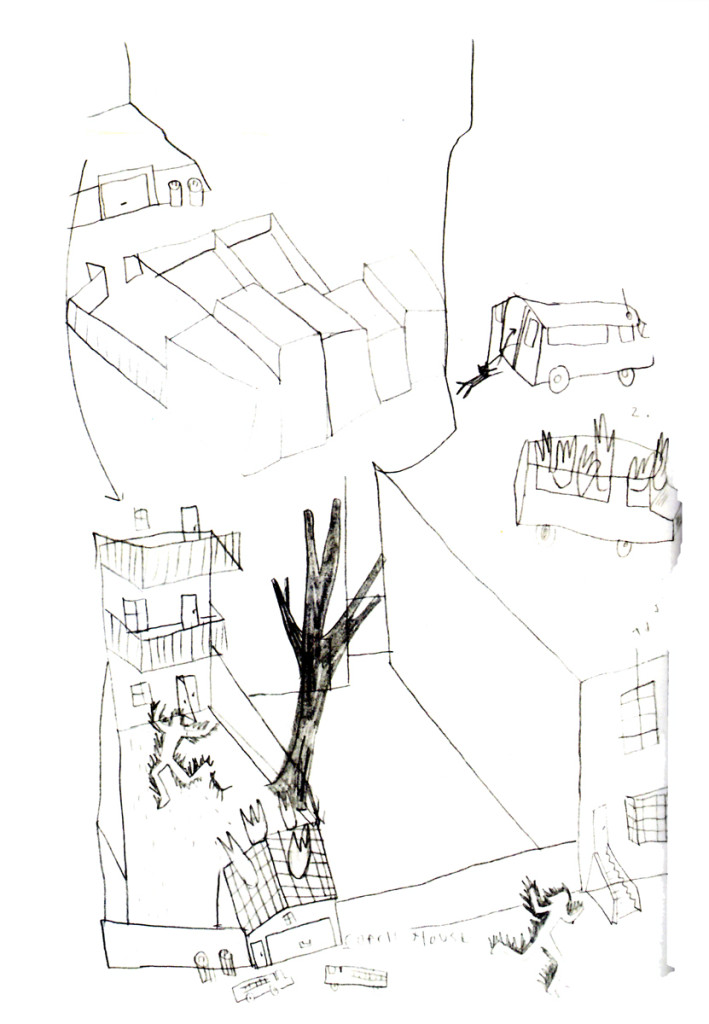 1
1
Daily post 23 Jul 2013 08:39 am
Animation SketchBooks
 1
1Animation Sketchbook, cover
Chronicle Books recently sent me a beauty of a book to take a look at. Called Animation Sketches, there’s no doubt this book was done to be sold at the current San Diego Comic-con. It’s a virtual feast of art by new, young animation film makers. In the old days, ou’d have a collection of artworks which were made to piece together some scene from Dumbo, Bambi or the like. Nowadas, because the artwork is built on original free-form work, each artist’s sketches are designed to stand on their own, and they do.
Given the length of this blog, I’ve chosen a number of sketches which successfully illustrate some artists’ visions.
Here, then, are artists like Chris Hinton, Paul Driessen, Pierre Luc Granton and others. I’ll have a couple of future posts of other artists from this book. For now, enjoy these.
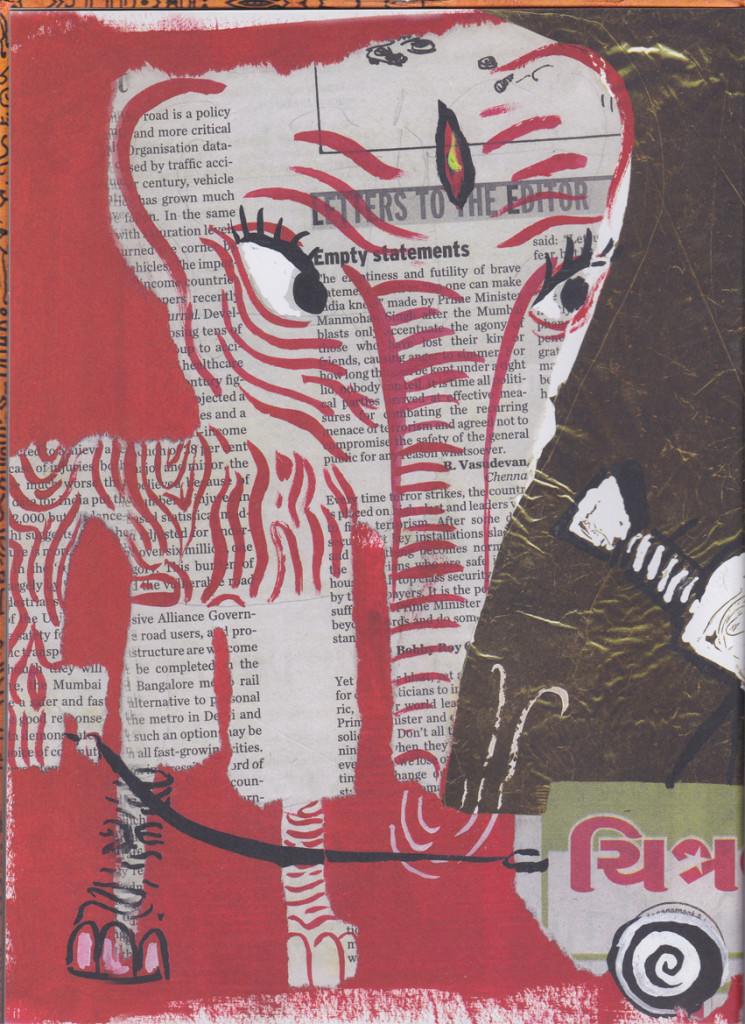 2
2Linda Heit
Thanks, Chronicle Books for the wonderful printing of this current book.
Animation &Commentary &Independent Animation 22 Jul 2013 04:25 am
A Friend in Lou
- I’ve been thinking a lot about my friend, Lou Scarborough, this past week. So why not write about him? That’s what I’m going to do. Just random thoughts, good and bad, I guess. All just random. I’m sure I’ll have other posts to add to this, eventually.
I met Lou years ago the same way I met a whole core of NY friends and folk.
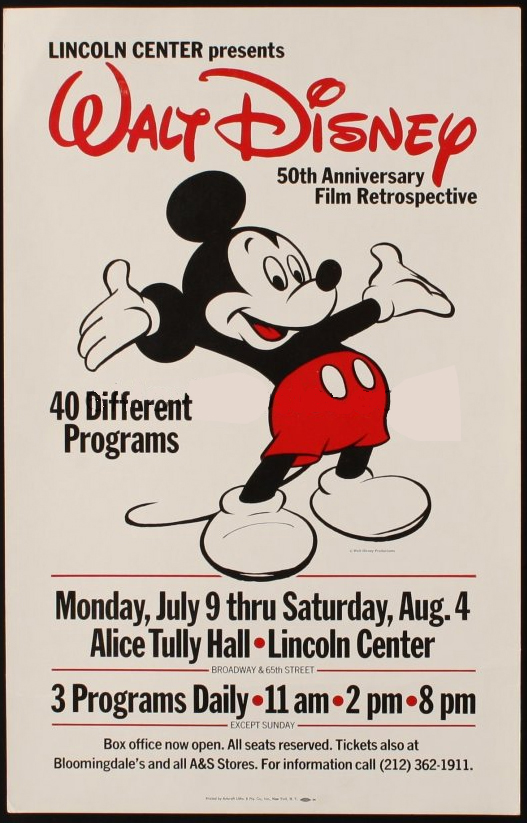 Back in 1978, Disney celebrated the 50th anniversary of Mickey Mouse’s creation. History for a lot of us – I mean, here, the celebration not the creation. The MoMA had a retrospective of all 50 years of Mickey cartoons in chronological order. They started with a bunch of silent Alice in Cartoonland followed by Oswald the Rabbit cartoons. They were shown silent. I mean SILENT – no audio, not even an organ. They ended that first program with Steamboat Willie. Now there was the invention of sound. You could hear it, you could feel it, you knew a new era had begun. Soundies.
Back in 1978, Disney celebrated the 50th anniversary of Mickey Mouse’s creation. History for a lot of us – I mean, here, the celebration not the creation. The MoMA had a retrospective of all 50 years of Mickey cartoons in chronological order. They started with a bunch of silent Alice in Cartoonland followed by Oswald the Rabbit cartoons. They were shown silent. I mean SILENT – no audio, not even an organ. They ended that first program with Steamboat Willie. Now there was the invention of sound. You could hear it, you could feel it, you knew a new era had begun. Soundies.
Up at Lincoln Center, they were showing all the feature films, animated as well as live action films. Things like Pollyanna and Treasure Island as well as Lady and the Tramp and Dumbo.
The best part, though, was around the corner, daily, at the Library of the Performing Arts. Speaker/Guests included Animators: Frank Thomas, Ollie Johnston, Woolie Reitherman, Designer: Eric Anderson, and John Culhane moderated a bunch of it. They showed clips of a lot of the feature animated films; they told famous stories for the millionth time, they told stories we hadn’t heard before. (e.g. Reitherman wanted the disco ball and the changing colors as the cats of the Aristocats played jazz in the attic. His was not something others wanted in the film. The director got what he wanted including a lot of reuse animation. Reitherman learned something about Xerography other than inking stories during 101 Dalmatians.
Anyway, to get into this series of programs (I’m sure there were four of them) you’d sit on the ground in the hot sun waiting for the doors to open when they handed out tickets. I was working for John Hubley at the time. A lot of the others: Dan Haskett, Tom Sito, Pat Sito, John Lopez, Kevin Petrilak, Bob Lusk, and, of course, Lou Scarborough, all worked at a place called Tele-Tactics where they were paid horrible wages as animators working on something called The Days of Liberty.
Over time, a lot of those people went to Raggedy Ann in a direct route uptown once that studio opened. I was teh first hired there, so I got to watch the influx as animation began.
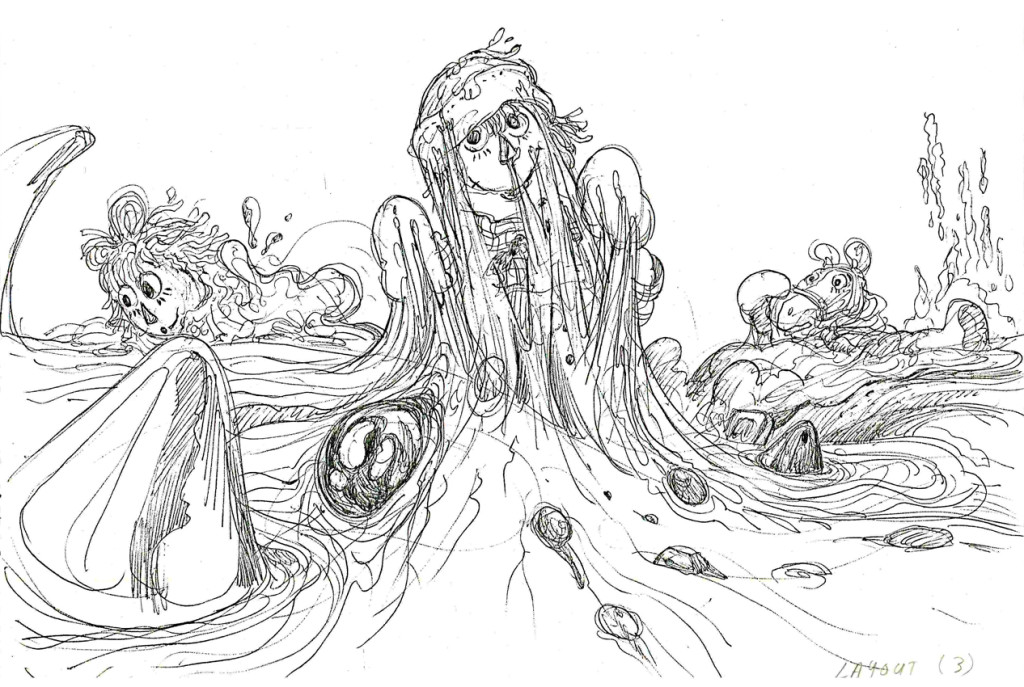
Lou went with a whole group directly into the Taffy Pit to clean up and inbetween the elaborate and gutsy drawings of the master, Emery Hawkins. Exhausting work but they were all friends and had a group all their own during Raggedy’s world. A new era of sorts had begun – the taffy pit folk. Ultimately, they all moved out to LA, worked at Disney for a bit and at a bunch of other feature studios for a bit.
- I also remember during the late 70′s and early 80′s that Lou Scarborough was closely involved with Wendy and Richard Pini‘s fantasy characters from Elf Quest.
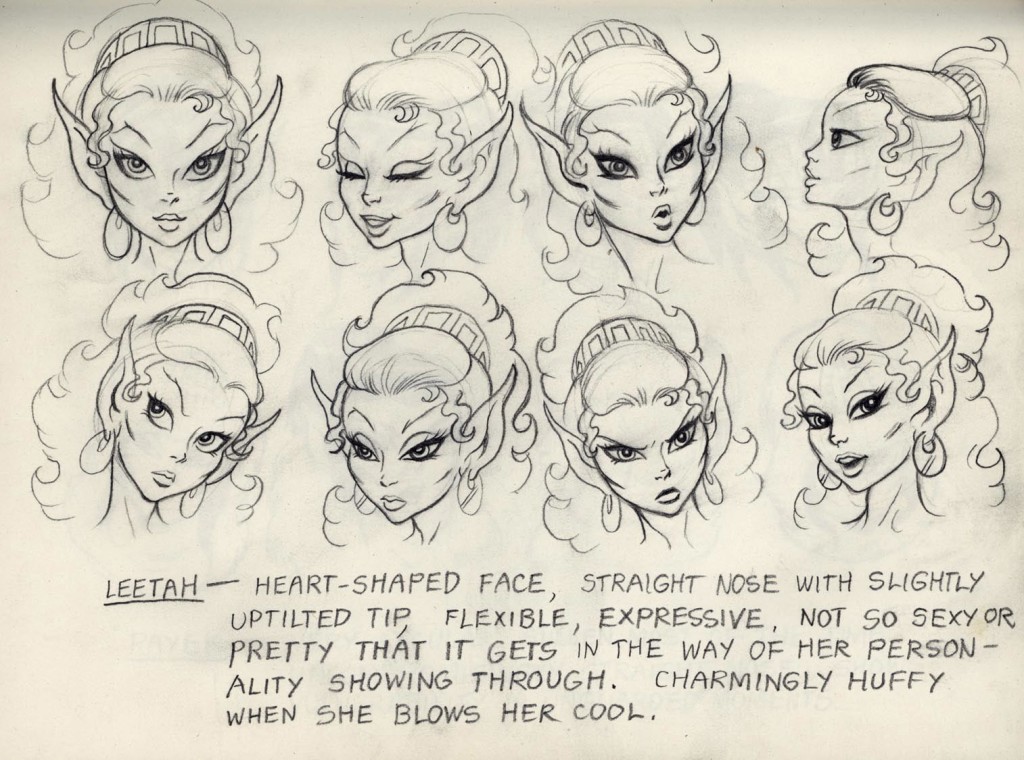
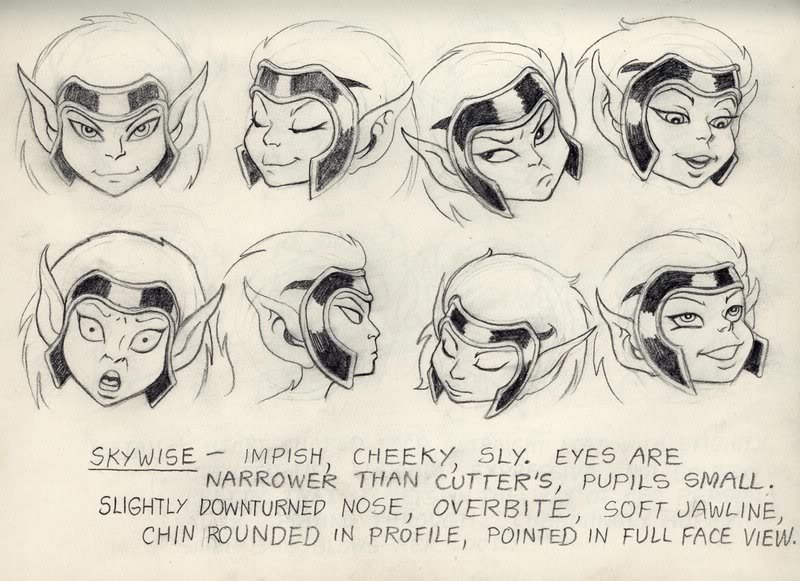
A sample of the Elf Quest art
Along with Dan Haskett and other friends he helped build model sheets and tried desperately to get the comic books animated. I don’t believe much happened with the work, especially after it moved to cgi. In my opinion it lost any magic it had in the 2D cartoon drawings and completely lost everything in the clumsy cgi artwork.
In a way, it seems to me that this art style seriously affected Lou. Though I was certainly not a fan, I did appreciate the hard work all the artists did in putting it together. The whole enterprise, though, seemed like too many other fantasy pieces that were out there.
Lou was one of the last to leave New York City for the West Coast. He did a couple of jobs for me before he left. There were some Sesame Street spots, dances, that he animated. Then there were a couple of episodes of a show called Brain Games done before Sheila Nevins moved in and took over at HBO. I did about 45 minutes of the six half hour shows Sheila produced with Jeff Schon as co-producer. . It was all fun work. Lou animated a centurian and oddly he had the guy move wildly from the forth pose to the fifth. There was an enormous surprise when this character moved, so traditionally drawn, and moved beautifully. The large
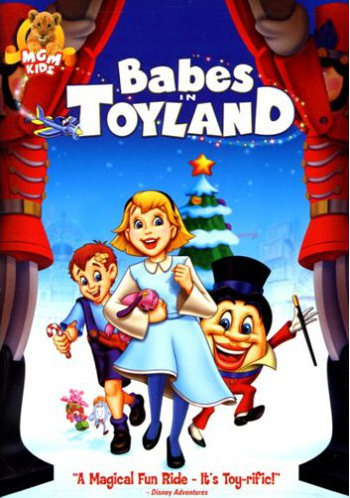 arc worked for the character and found me imitating Lou’s move more than once in future scenes. A peculiar layout that worked so well. I was the only one who noticed it and the only one who worried about it. No problema, it worked.
arc worked for the character and found me imitating Lou’s move more than once in future scenes. A peculiar layout that worked so well. I was the only one who noticed it and the only one who worried about it. No problema, it worked.
Lou moved to LA and worked on various business out there. He did a number of MGM musicals for home video. Things like Babes in Toyland, The Quest for Camelot, as well as The Adventures of Sonic the Hedgehog.
In the end, Lou ended up without money but still a lot of dreams. Now he’s fighting cancer in a hospital at a young age. Life’s tough, and I’m watching my friend closely. I hope his luck gives him a couple of good breaks.
Commentary 14 Jun 2013 11:17 pm
Huh?
.
I received this note from the “Wise Old Man” of Holland, Borge Ring, after I posted my piece about the Disney studio in the last days of the “Nine Old Men” – just before the new guys took ownership:
- hi MICHAEL
For you to add, share or ditch:
You touch upon top Walt Disney animators relaxing and losing their (story)mind
after Walt Disney died on them
I asked Marc Davis if Walt Disney’s death was followed by a period of
interregnum among the Nine Old Men.
Marc’s face turned sour
“Oh yes. There was no orderliness of production – Everybody did as they
pleased. Frank would go upstairs and take scenes that should’nt have been done
by HIM.”
greetz
Borge
Auto Boarded
.
 I must be getting old. I’ve gotten so tired of drawing storyboards, after all these years, that it came as a great relief to read that I no longer have to do all that arduous labor.
I must be getting old. I’ve gotten so tired of drawing storyboards, after all these years, that it came as a great relief to read that I no longer have to do all that arduous labor.
Now thanks to Amazon Storyteller (and the short description given by Amid Amidi from Cartoon Brew) the computer program will do the drawing for me. As the Amazon ad for the piece reads, “A storyboard can be 10 panels, or 100.” Once you place your “original script” into the program, designed and previously drawn characters will act out your script. All you have to do is add the script.
In a few days, Amazon Storyteller will rate your storyboard and tell you how good it is. (Just what I need, another boss.) This could be the start of something good.
All I need is Amazon Animator, so I don’t have to do that work either. I can just hire the machine to move my storyboard drawings with previously-animated scenes.
Movies
The films this week came fast and furious. It started with Sofia Coppola‘s latest film called The Bling Gang. Based on a true story, it’s about a group of teenagers in LA who sneak into and rob the houses of celebrated girls, such as Paris Hilton and Lindsay Lohan. Though we see alarms record the break ins and robberies, it takes a while for the police to investigate any of them. Eventually, all the teens are captured and end up in jail. You people living in LA can feel safe that they’re not out there to search your apartments for the latest in Laboutin shoes. Paris Hilton actually loaned her real home for the shooting.
The film feels a bit disinterested in the characters, and the whole thing feels a bit passive-aggressive. The best part of the film was that it ran quickly through its short 90 minute length.
Unfortunately, I forgot to bring my camera to photograph Sofia Coppola who came prepared to answer questions and whipped through those from moderator Brian Rose, a local film historian. Ms. Coppola does have a large and beautiful head, in the way of most stars. she reminds me a bit of Sophia Loren. Her interview will be on=line soon.
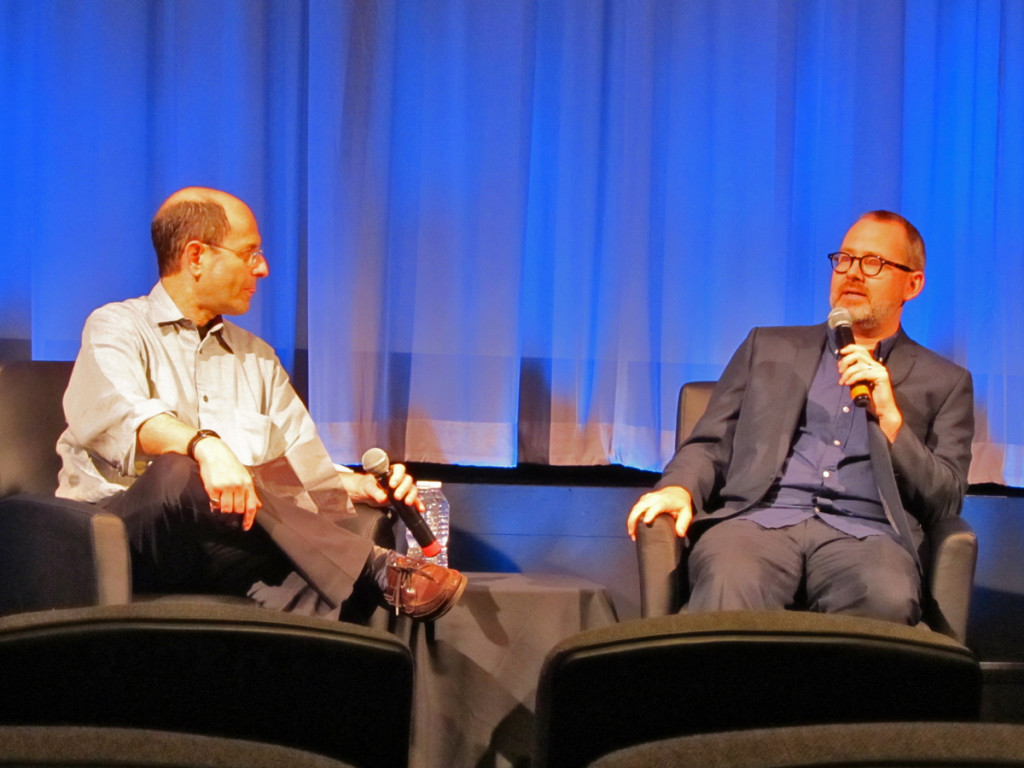 The next night brought a different kind of documentary, Twenty Feet from Stardom. It sounds like some kind of horror film, but it’s really about back-up singers. Their talent is obviously enormous, but stardom seemed to resist most of those on screen. It was nice to hear Bruce Springsteen and Sting talk about their back-up singers. Of course, the film was full of melody and had us dancing in or seats. Darlene Love is part time focus in the movie. Only after she’s working cleaning houses, does she gain respect for herself and her talent. She moves to New York where her career takes off, and she was a success story. She’s become a staple on the David Letterman
The next night brought a different kind of documentary, Twenty Feet from Stardom. It sounds like some kind of horror film, but it’s really about back-up singers. Their talent is obviously enormous, but stardom seemed to resist most of those on screen. It was nice to hear Bruce Springsteen and Sting talk about their back-up singers. Of course, the film was full of melody and had us dancing in or seats. Darlene Love is part time focus in the movie. Only after she’s working cleaning houses, does she gain respect for herself and her talent. She moves to New York where her career takes off, and she was a success story. She’s become a staple on the David Letterman
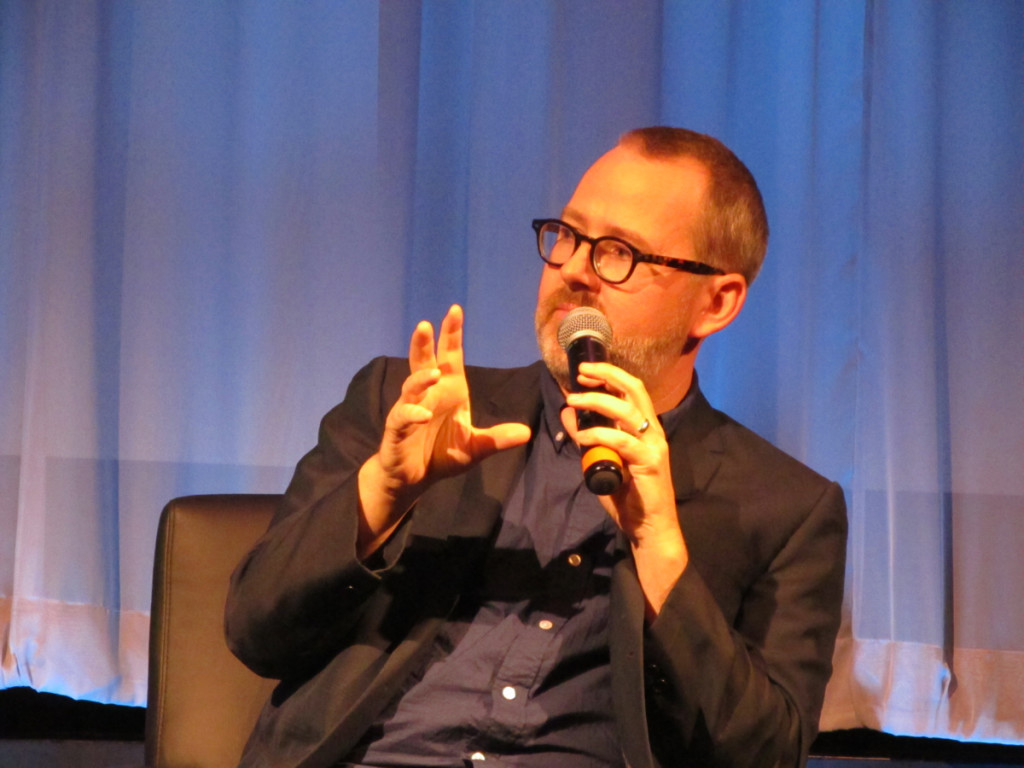 show every Christmas where she sings her hit, “Christmas (Baby, Please Come Home).” A very entertaining 90 minutes, the movie zipped along and told its story well. One wonders how the producers of this film were able to secure the rights to many of the songs that played out on the soundtrack, everything from “Space Oddity” to “Walk on the Wild Side” to “Lean on Me.” The post screening interview between director, Morgan Neville and Brian Rose also moved quickly.
show every Christmas where she sings her hit, “Christmas (Baby, Please Come Home).” A very entertaining 90 minutes, the movie zipped along and told its story well. One wonders how the producers of this film were able to secure the rights to many of the songs that played out on the soundtrack, everything from “Space Oddity” to “Walk on the Wild Side” to “Lean on Me.” The post screening interview between director, Morgan Neville and Brian Rose also moved quickly.
The Man of Steel was screened on Thursday evening. The latest adventures of Superman deal with his having to shave on Earth and his difficulties in getting a job prior to work at the Daily Planet.
There was no post-screening interview, but I’m not sure how interested I would’ve been in one.
Conversations
I’ve been talking about these post screening conversations for the pat few weeks, since the NY chapter of the Academy started scheduling them. These conversations have been placed on line and can be viewed if you’re interested. They’ve just posted the interview with Chris Wedge for his film, Epic. The virtual leader of Blue Sky talks about his film here.
RIP – Murray Rosen
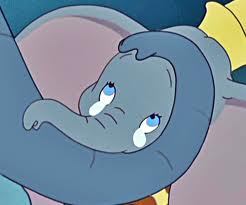 Cartoonist, Murray Rosen passed away this past week. Murray attended schools in New York City. Graduating from Pratt Institute, he went on to work for Walt Disney on Dumbo as a Cartoonist. He then returned to New York and worked for Famous Studios on Little Lulu and Popeye cartoons.
Cartoonist, Murray Rosen passed away this past week. Murray attended schools in New York City. Graduating from Pratt Institute, he went on to work for Walt Disney on Dumbo as a Cartoonist. He then returned to New York and worked for Famous Studios on Little Lulu and Popeye cartoons.
After marrying his wife, Shirley Binder on May 27, 1956, they moved to Maine where Murray operated an installation company for a friend’s storm window firm, remaining in the storm window business for 20 years. On May 8th, following a brief illness, he died with with his wife Shirley and friends at his side.
Current
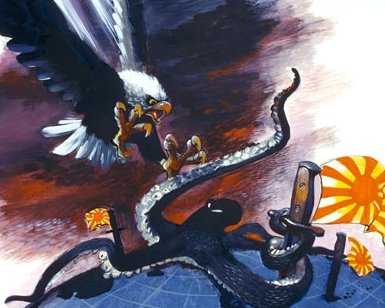 Recently, in response to Andreas Deja’s comment – on his own blog – he called the animation for 101 Dalmatians an excellent example of “Modern Anmation.” I commented on this use of “Modern Animation”, and was challenged by one of my readers. Andrea K. Haid wrote: “The reason that Andrea Deja calls 101 Dalmations “modern†is because it is set in a contemporary environment with contemporary music. It was the first story told in an animated feature by Disney to be placed in a modern setting with modern artwork.”
Recently, in response to Andreas Deja’s comment – on his own blog – he called the animation for 101 Dalmatians an excellent example of “Modern Anmation.” I commented on this use of “Modern Animation”, and was challenged by one of my readers. Andrea K. Haid wrote: “The reason that Andrea Deja calls 101 Dalmations “modern†is because it is set in a contemporary environment with contemporary music. It was the first story told in an animated feature by Disney to be placed in a modern setting with modern artwork.”
To this I began to think back on animated features that were more current than others and came away with a bit of surprise for myself.
Viewing the Disney features in chronological order:
Snow White, of course, operates within a Fairy Tale land.
Pinocchio also oerates within that world.
Fantasia is all over the place, so I ignore that one.
Bambi, however, is absolutely current. We see no clothing or hear no coversation, but it can be without doubt that the film takes place when it was made, 1942.
Dumbo, however, is very current. The people are dressed for 1942, the action takes place then. Even the fringes of the civil rights movement attest to the date of the story.
Victory Through AirPower takes place during WW2 and is immediate in its action. The film, itself, is an attempt to sell the idea of using aviation to help win the War.
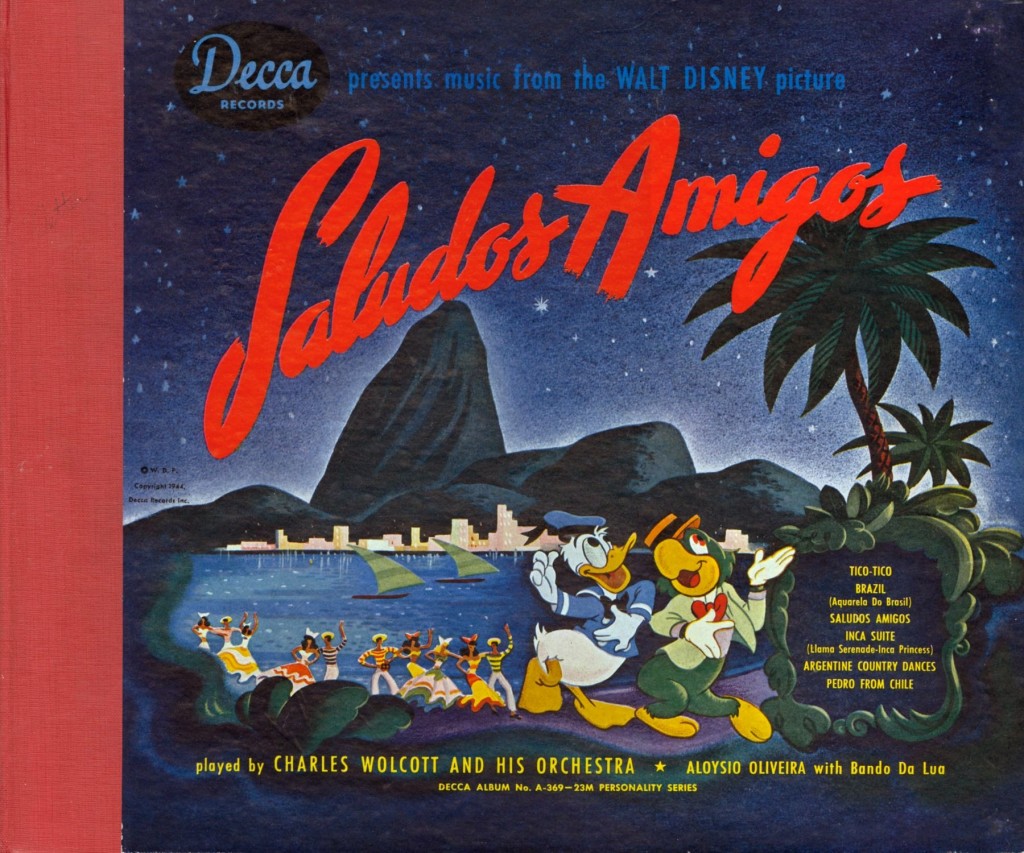 Of the package features, Saludos Amigos and Three Caballeros both take place currently. There could be no other approach in an attempt to melt the international curtains between North and South America.
Of the package features, Saludos Amigos and Three Caballeros both take place currently. There could be no other approach in an attempt to melt the international curtains between North and South America.
For the sake of this essay, I won’t analyze the shorts in the rest of the packaged films. The Headless Horseman, The Wind in the Willows, are probably dated. While other shorts like Little Toot, Trees and Bongo are all current. They’re not worth defending.
Cinderella was 18th Century fairy tale land.
Peter Pan and Alice In Wonderland were 19th Century.
Sleeping Beauty, to the 17th Century fairy tale world.
Lady and thte Tramp back to the early 20th Century.
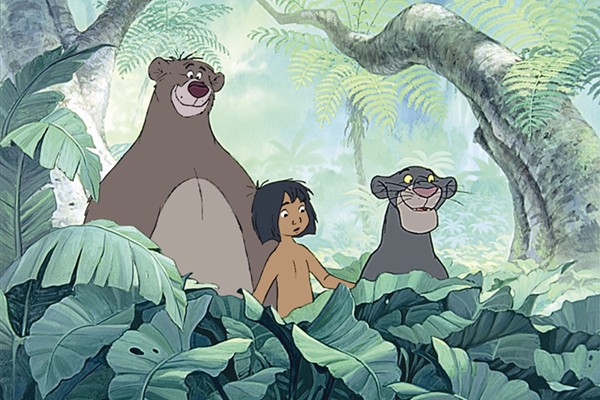 That brings us to 101 Dalmatians. Modern humans and dogs in modern dress.
That brings us to 101 Dalmatians. Modern humans and dogs in modern dress.
Sword in the Stone was 16th Century England.
The Jungle Book was 19th Century, per Rudyard Kipling.
The Aristocrats was early 20th Century. (There were cars.)
Robin Hood was 17th Century England.
Let’s skip to the new generation of animators:
Toy Story 1, 2, & 3 were all today.
As was The Rescuers and The Rescuers Down Under. The UN is there, for pete’s sake.
Basil of Baker”s Street dated. The Fox and the Hound, current.
Beauty and the Beast, Aladdin, Hunchback of Notre Dame and Pocahontas were all hundreds of years old.
I don’t think I need go on. We are into “Modern Animation” and I think it has nothing to do with what period the film is set in.
CitiBikes
You step out onto the street on Monday, and you’re greeted by a hundred blue bikes. Sort of the same color as the lines on this page. I wasn’t expecting it. No double-parked cars.
The Citi decided that it’d be better for me if I took a bike. Rent the bikes for 2 minutes, then roll to the next check-in point. You pay some bucks and you take the biks. (They don’t offer bike-helmets for the softer-brained, accident-prone people. There’s just a lot of info about the fines you’ll pay if you go over the twenty minute rental time.
Last weekend everybody wanted a bike. (Aren’t they all girls’ bikes? What’s up with that?) They were all rented by couples speaking non-English. (A tourist thing, undoubtedly.) Only two gone so far this weekend. Meanwhile, no one has a parking space. At first I thought they were mopeds, like in Europe. We’d be hearing buzzing all day long in conjunction with the square jeep-type taxis.
We’ll see how it goes, though. No buzzing, a crash of cerulean blue, and lots of tourists reading the signs in groups of about eight.
Jerry’s Visit and a Great Film Program
This is a note I received from Jerry Beck. It doesn’t take place until the end of July, but thought you’d like some advance notice, now.
- I don’t know if you usually attend the Animation Block Party in Brooklyn,
but this year I’m going to come back to New York and introduce
a screening of Oscar winning shorts on Sunday night July 28th at 7pm
Munro / Gene Deitch / 8:20 min / 1960
Ersatz (The Substitute) / Dušan Vukotić / 10 min / 1961
The Hole / John Hubley and Faith Hubley / 15 min / 1962
The Critic / Ernest Pintoff / 4 min / 1963
The Pink Phink / Friz Freleng and Hawley Pratt / 6:38 min / 1964
Dot and the Line: Romance in Lower Mathematics / Chuck Jones & Maurice
Noble / 10 min /1965
Herb Alpert & the Tijuana Brass Double Feature / John Hubley / 6 min / 1966
The Box / Fred Wolf / 9 min / 1967
After the films I’m hoping to lead a 15-20 minute panel discussion about these films, and the Oscars, and the filmmakers… etc. I do not know who Animation Block Party are asking to be a part of it, but I thought I’d reach out to you myself – as an actual Oscar nominee, you’d be a great addition to the discussion.
I completely understand if you cannot attend, but I thought it was worth a shot.
Event is at Brooklyn Academy of Music (BAMcinématek) located at 30 Lafayette Ave, Brooklyn.
Animation &Books &Disney &repeated posts 11 Jun 2013 03:42 am
Retta Scott and Cinderella – repost
– Retta Scott‘s name was always an intriguing one for me.
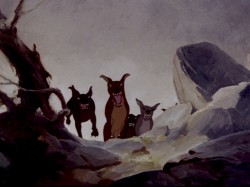 She was an animator on Bambi, Dumbo and Plague Dogs. She was layed off at Disney’s when they hit a slump in 1941 but came back to do a number of Little Golden Books for Disney. The most famous of her books was her version of Cinderella, one which was so successful that it remains in print today as a big Little Golden Book.
She was an animator on Bambi, Dumbo and Plague Dogs. She was layed off at Disney’s when they hit a slump in 1941 but came back to do a number of Little Golden Books for Disney. The most famous of her books was her version of Cinderella, one which was so successful that it remains in print today as a big Little Golden Book.
When asked why females weren’t animators at the studio, the Nine Old Men who traveled the circuit, back in the 1970′s, often mentioned her. They usually also said that she was one of the
.
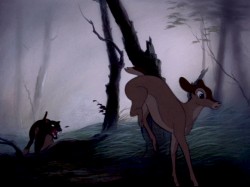
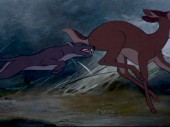
most forceful artists at the studio, but her timing always needed some help (meaning from a man.) Ms. Scott was known predominantly for her animation in Bambi. Specifically, she’s credited with the sequence where the hunter’s dogs chase Faline to the cliff wall and Bambi is forced to fight them off.
The scene is beautifully staged and, indeed, is forceful in its violent, yet smooth, movement. I was a young student of animation, so this sequence had a long and lasting impression on me.
Here are some of her illustrations for Cinderella published in 1950 to tie in with the Disney film. Oddly, the illustrations don’t completely look like the film’s characters. The cat and mice are close, but Cinderella, herself, is very different, less realistic. She looks more like a Mary Blair creation. When I was young, I was convinced that these were preproduction illustrations done for the film. If only.
I won’t post all the illustrations of the book; I want to give an indication of her work, and I think this should be enough to do that.
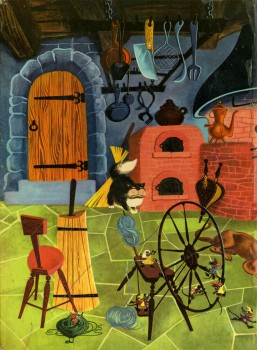
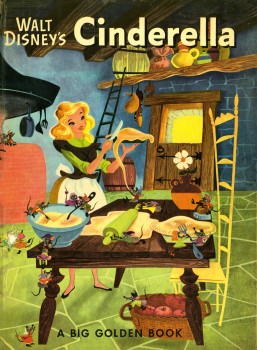
(Click any image to enlarge.)
Action Analysis &Animation &Books &Commentary &Disney 20 May 2013 05:54 am
Illusions – of Life
I started discussing some of the thoughts put forward in The Illusion of Life, the book by Frank Thomas and Ollie Johnston. I had some major problems with some of the discrepancies in that book. Here’s the second, a continuation of that post.
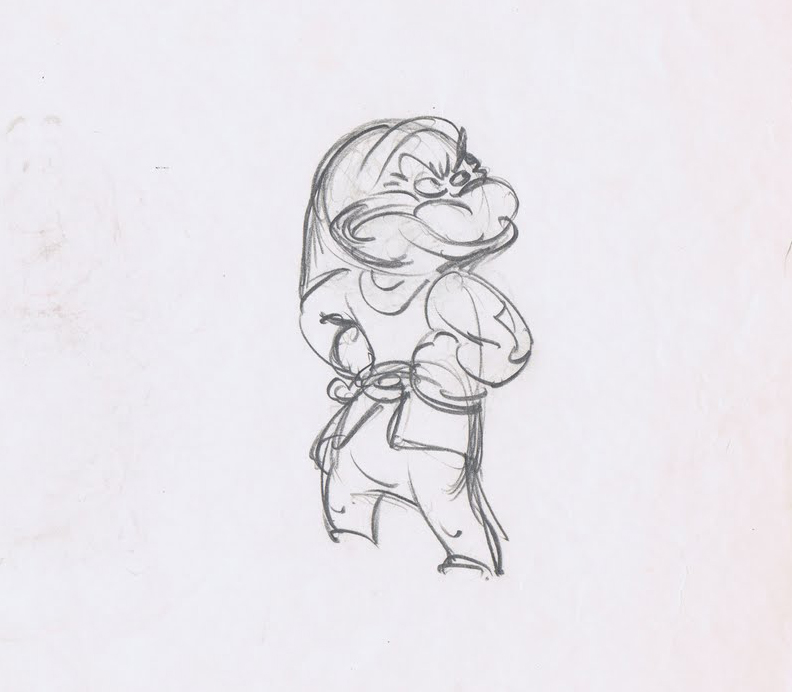 It cannot be doubted that without the speedy roughs, there would never have been the brilliance of Tytla‘s best work or Ferguson’s great comic animation.
It cannot be doubted that without the speedy roughs, there would never have been the brilliance of Tytla‘s best work or Ferguson’s great comic animation.
- On page 39 of the book, we read, “Walt introduced two procedures that enabled the animators to begin improving. First, they could freely shoot tests of their drawings and quickly see film of what they had drawn, and, second, they each had an assistant learning the business who was expected to finish off the detail in each drawing. Walt was quick to recognize that there was more vitality and imagination and strength in scenes animated in a rough fashion, and he asked all animators to work more loosely. The assistant would ‘clean up’ these drawings that looked so sloppy, refining
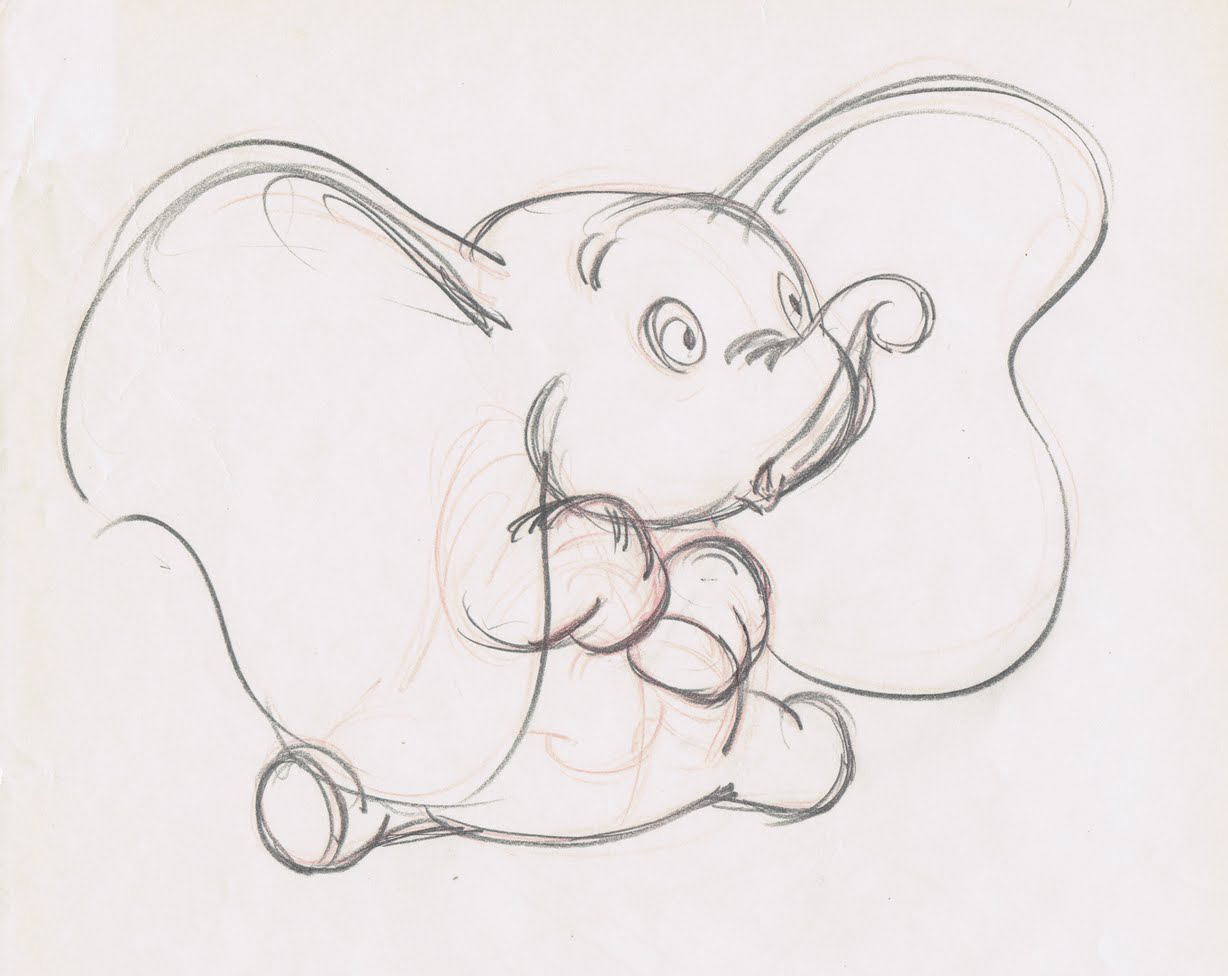 them to a single line that could be traced by the inkers onto celluloid. The assistants became known as ‘clean-up men,’ and the animators developed one innovation after the other, achieving effects on the screen that no one had thought possible. In some cases, the drawings were so rough it was difficult to find any cartoon figure inside the tangled swirl of lines, and the men who made a duck or a dog out of smudges and scratches had to have a very special type of knowledge.
them to a single line that could be traced by the inkers onto celluloid. The assistants became known as ‘clean-up men,’ and the animators developed one innovation after the other, achieving effects on the screen that no one had thought possible. In some cases, the drawings were so rough it was difficult to find any cartoon figure inside the tangled swirl of lines, and the men who made a duck or a dog out of smudges and scratches had to have a very special type of knowledge.
Shooting tests of scenes while they were still in the rough enabled the animators to check what they had done before showing it to anyone. Any part that was way off could be corrected quickly and
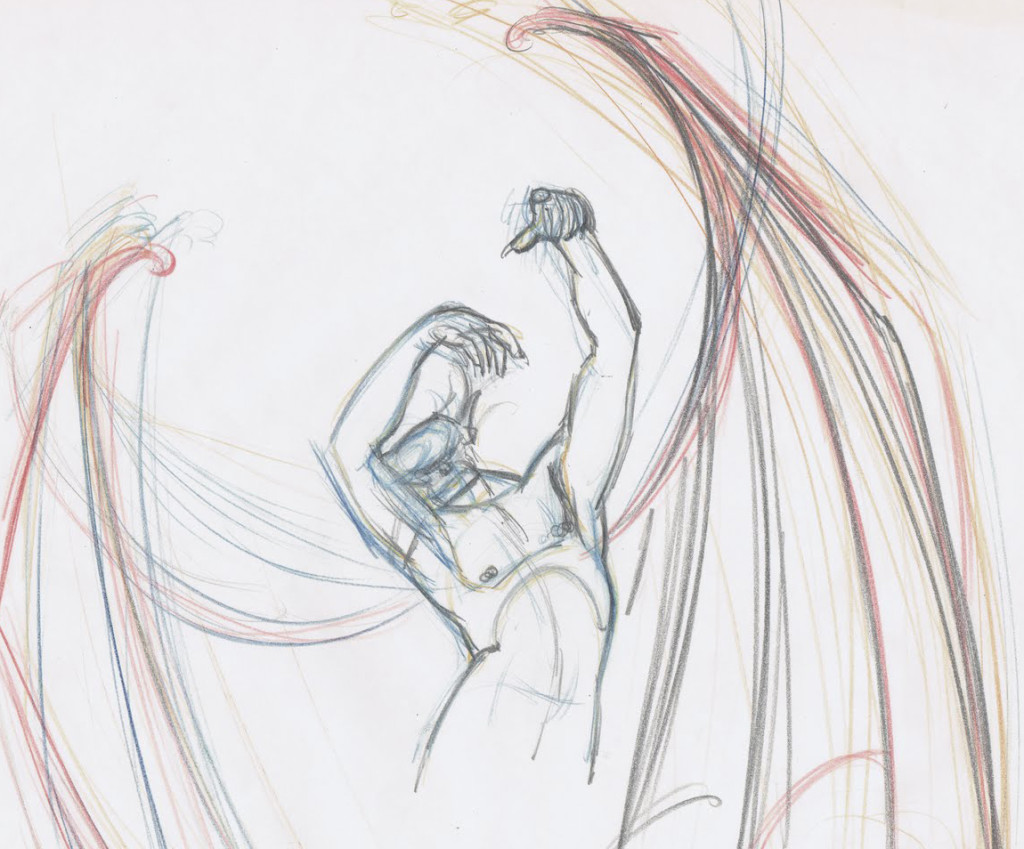 shot again. This encouraged experimentation, exploration, and imagination, quickly promoting a closer bond among the animators.
shot again. This encouraged experimentation, exploration, and imagination, quickly promoting a closer bond among the animators.
- Yet on page 229 the authors turn to side with management when they suggest that “. . . a new procedure called ‘Touch-up’ was instigated. It asked that the animator draw slowly and carefully enough so that the assistant need only touch up the drawings here and there to make them ready for the Ink and Paint Department. By this time all of our animators had become more skillful and were able to adjust to the new idea without noticeable damage to the product. Top quality clean up work is needed on only a handful of scenes in any sequence, and a great variety_____________Three Tytla ruffs
of shortcuts can be used on the balance
to make them acceptable.”
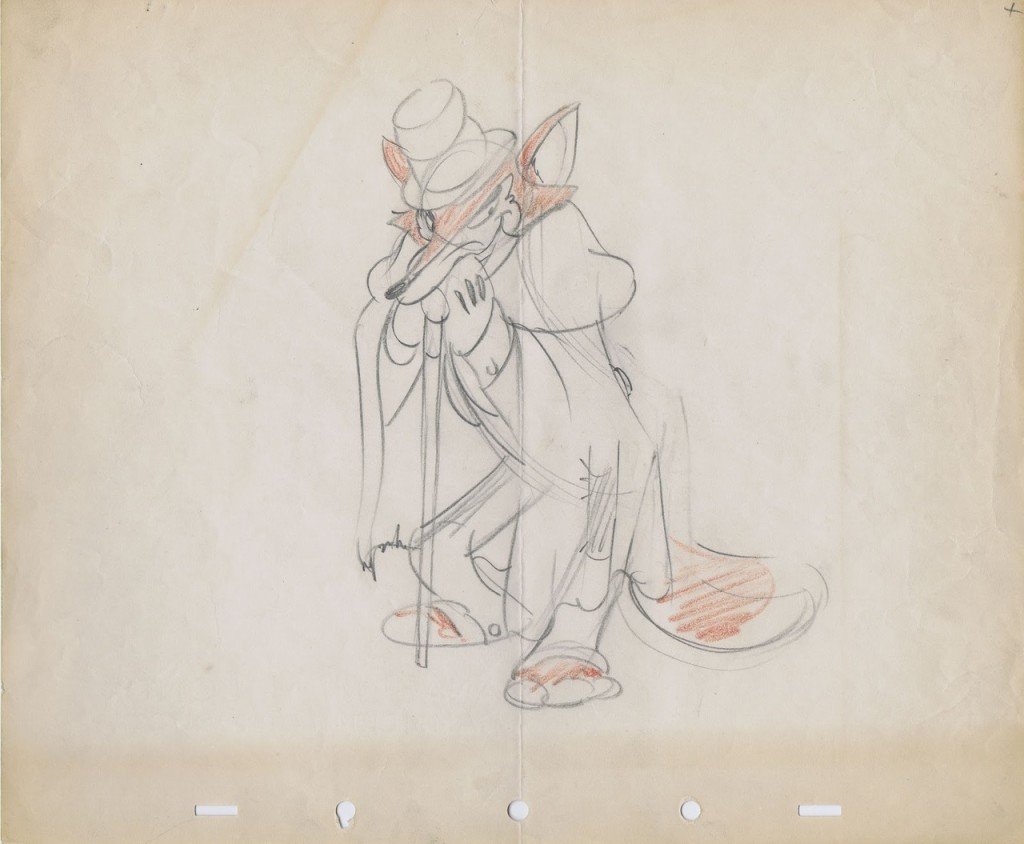 In short, this means that the older nine men and some of the other more seasoned veterans could work clean because they were already brilliant at the animation thing. Whereas Walt had demanded that animators, in the 1930s, work rough so as to keep the animation as loose and free and alive as possible.
In short, this means that the older nine men and some of the other more seasoned veterans could work clean because they were already brilliant at the animation thing. Whereas Walt had demanded that animators, in the 1930s, work rough so as to keep the animation as loose and free and alive as possible.
It also veered toward Milt Kahl’s pleasure at seeing hos own lines used in the newly developed Xerox outline in the final ink & paint. If the assistants would indiscriminately erase only some of the animators’ lines leaving many other key lines (including, at times, construction lines for the face and body parts). Kahl’s ego wanting to see his own beautiful line meant superseding color inking – as had been done in the past._______A relatively clean drawing by Norm Ferguson
Using this new procedure would mean a need for fewer clean-up artists who could work faster and with fewer problems, thus speeding up the footage rates. It also depended on the animators, such as Thomas and Johnston who worked fast enough, that the footage rates were now closer to what they could turn out.
One wonders if this new found speed would also cut into the imagination of the scenes these men animated. (By they way, I use the term “men” because Johnston and Thomas do not once in this book consider the possibility of a female animator. It’s always”men” or “he” or “him”. Old prejudices die hard; though I suspect the two had no problem with the idea of a female animator. In fact they always bowed low in front of Tissa and her abilities. And I’m certain they were not patronizing her in any way.
One wonders if a chink in the armor hadn’t developed then and there in the animation production. Younger people would do all they could to work clean, thus handicaping the animation they turned out.
As a long-time assistant, I know that my animation has been tight to the extreme, annd more than once Jack Shnerk advised me to start working rough when I animated. However, as management (I am the boss of my own company and controller of my own films), I sought to turn out the largest output and eliminated any assistant or inbetween working on my material. I sacrificed good animation for speed and production. It has not only hurt my work but my films, and I know it.
Books &Commentary 13 May 2013 05:36 am
Illusions of Thomas, Johnston & Disney
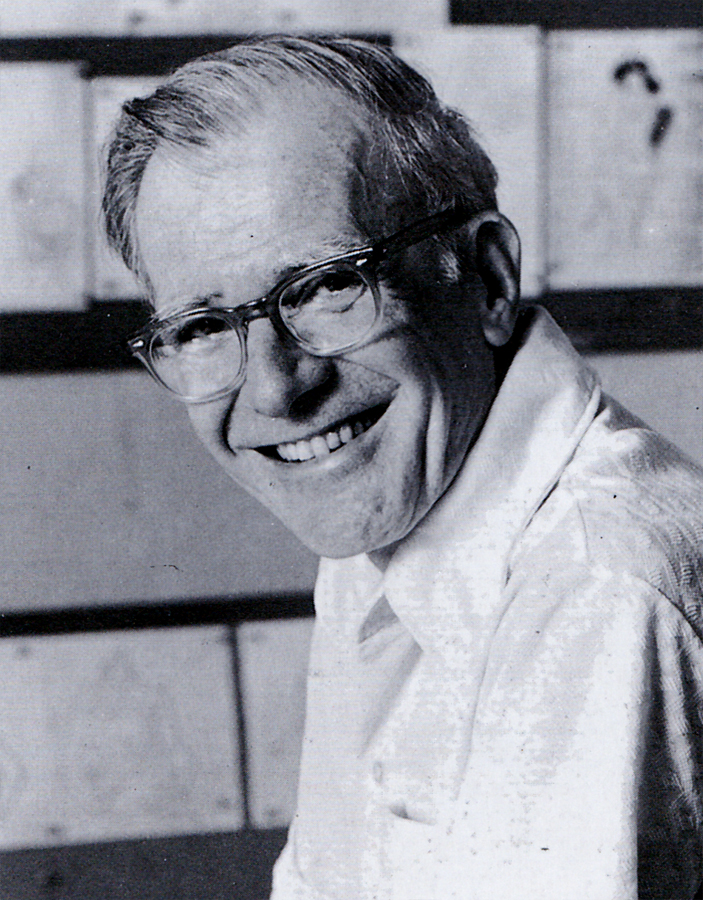 - The Illusion of Life by Frank Thomas and Ollie Johnston was first published in 1981. The book came out with a large splash and overwhelming acceptance by the animation community. It’s since remained the one bible that animation wannabees turn to as a source of inspiration and an attempt to learn about that business.
- The Illusion of Life by Frank Thomas and Ollie Johnston was first published in 1981. The book came out with a large splash and overwhelming acceptance by the animation community. It’s since remained the one bible that animation wannabees turn to as a source of inspiration and an attempt to learn about that business.
I admitted a couple of weeks back that though I must have been one of the very first to have bought the book, I’d never actually read it. I spent hours poring over the many pictures and the extensive captions, but the actual book – I didn’t read it. I can’t say why, but this was my reality.
Then not too long ago, Mike Barrier wrote that he was not a supporter of the book and its theories, I wondered about that writing and decided to reconsider reading it. I knew I had to go back to find out what I’d stupidly ignored, so I started reading.
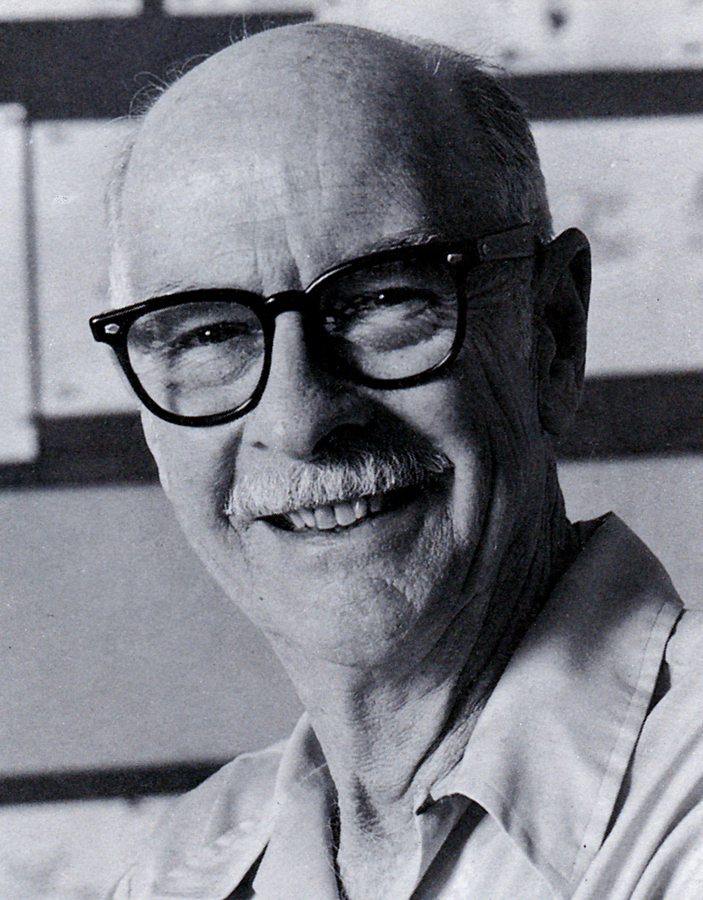
The book starts out with a lot of history of animation, something routine and expected from the two animators that lived through a good part of the story. As a matter of fact Thomas and Johnston were at the center of the history. It didn’t take long for the animation “how-to” to kick in. For the remainder of the book, using that history, the two master animators explained how and why Disney animation was done, in their opinions. They write about processes and systems set up at Disney during their tenure there. They write about theories and methods of fulfilling those theories. There’s a lot for them to tell and they’ve succinctly organized it into this book, as a sort of guide.
However, at two points they go wildly into a divergent path from the one that they started building. Their methods altered and, to me, seemed to be about the finances of doing the type of animation they did, rather than the reason. Impractical as those original theories were, I’d believed in the myth all those years to start changing now. So I want to review these two stances instead of outwardly reviewing the book. Besides it’s too long since the book has stood in its own royal space for me to pretend that I could properly review it.
The growth of animators at the Disney studio relied on a system wherein each of the better animators was assigned one character. Unless there was a minimal action by some external character, the one animator ruled over the character.
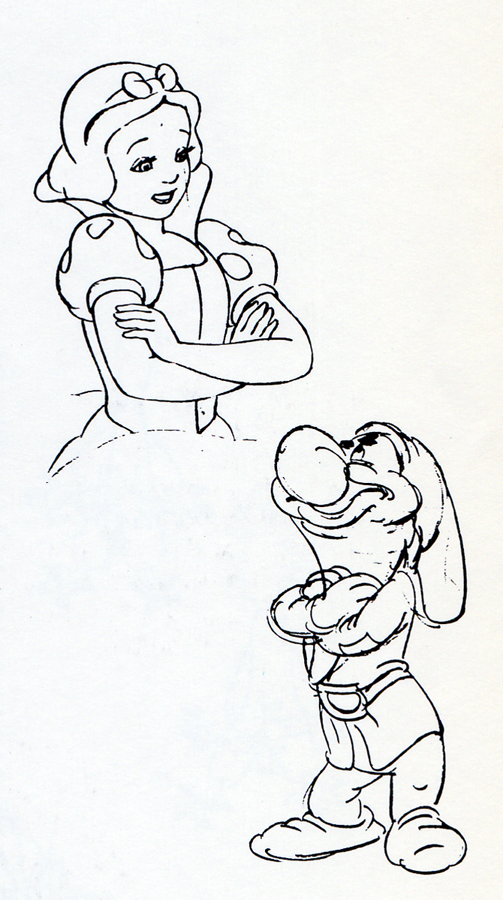 - Bill Tytla did Stromboli in Pinocchio. He did principal scenes of Dumbo in that film. He handled the Devil in Fantasia (as well as all his twisted mignons within those scenes.) Tytla worked on the seven dwarfs but was the principal animator of Grumpy.
- Bill Tytla did Stromboli in Pinocchio. He did principal scenes of Dumbo in that film. He handled the Devil in Fantasia (as well as all his twisted mignons within those scenes.) Tytla worked on the seven dwarfs but was the principal animator of Grumpy.
- Fred Moore also did the dwarfs in Snow White but seemed to focus on Dopey. He did Lampwick in Pinocchio and Mickey in The Sorcerer’s Apprentice.
- Marc Davis started as an assistant under Grim Natwick on Snow White. He became the Principal artist behind Bambi, the young deer. He did Alice in Alice in Wonderland, Tinkerbell in Peter Pan, Maleficent in Sleeping Beauty and Cruella de Ville in 101 Dalmatians.
- Frank Thomas did Captain Hook in Peter Pan, the wicked Stepmother in Cinderella, Bambi and Thumper on the ice in Bambi.
- Ham Luske and Grim Natwick did Snow White. The two sides of her personality came about because of conflicts between the two animators. This was a way for Walt to complicate Snow White’s character; he employed two animators with different strong opinions about her movement. By putting Ham Luske in charge, he was sure to keep the virginal side of Snow White at the top, but by having Natwick create the darker sides of the character, Disney created something complex.
Many animators fell under these leaders’ supervision and tutelage, also working on one principal character in each film. This system was something they swore by and broadcast as their way of working at the studio. It would allow the individual characters to maintain their personalities as one animator led the way.
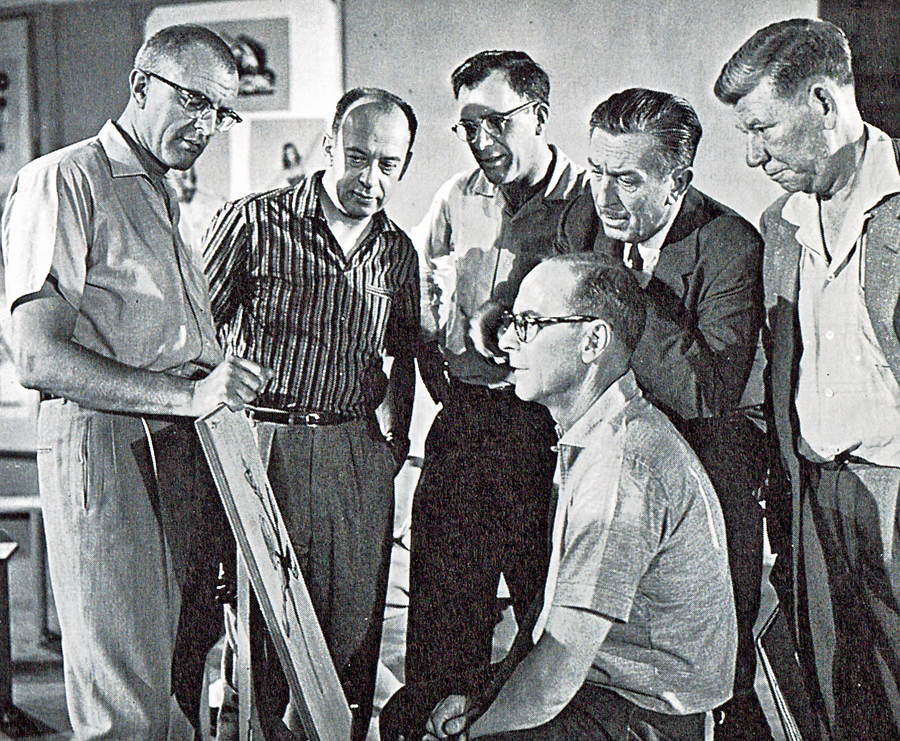 But as Walt grew more involved with his theme park and his television show and the live action movies that were doing well for the studio, things changed at the animation wing of the studio. It became clear, with the over budgeted spending on Sleeping Beauty and the new demands for a different look once xerography entered the picture in 1959. The rhythm and personality of the productions changed, and their methods of animation changed. Walt also sorted out nine loyalists to be his “Nine Old Men” thus dividing the animators into groups, a hurtful way of setting up competition among the animators. ________________________Kahl, Davis, Thomas, Walt, Jackson, Johnston seated
But as Walt grew more involved with his theme park and his television show and the live action movies that were doing well for the studio, things changed at the animation wing of the studio. It became clear, with the over budgeted spending on Sleeping Beauty and the new demands for a different look once xerography entered the picture in 1959. The rhythm and personality of the productions changed, and their methods of animation changed. Walt also sorted out nine loyalists to be his “Nine Old Men” thus dividing the animators into groups, a hurtful way of setting up competition among the animators. ________________________Kahl, Davis, Thomas, Walt, Jackson, Johnston seated
Thomas and Johnston get to justify this
in their book.
Let me read a section from the book to you:
- “Under this leadership, a new and very significant method of casting the animators evolved: an animator was to animate all the characters in his scene. In the first features, a different animator had handled each character. Under that system even with everyone cooperating, the possibilities of getting maximum entertainment out of a scene were remote at best. The first man to animate on the scene usually had the lead character, and the second animator often had to animate to something he could not feel or quite understand. Of necessity, the director was the arbitrator, but certain of the decisions and compromises were sure to make the job more difficult for at least one of the animators.
“The new casting overcame many problems and, more important, produced a major advancement in cartoon entertainment: the character relationship. With one man now animating ever character in his scene, he could feel all the vibrations and subtle nuances between his characters. No longer restricted by what someone else did, he was free to try out his own ideas of how his characters felt about each other. Animators became more observant of human behavior and built on relationships they saw around them every day.”
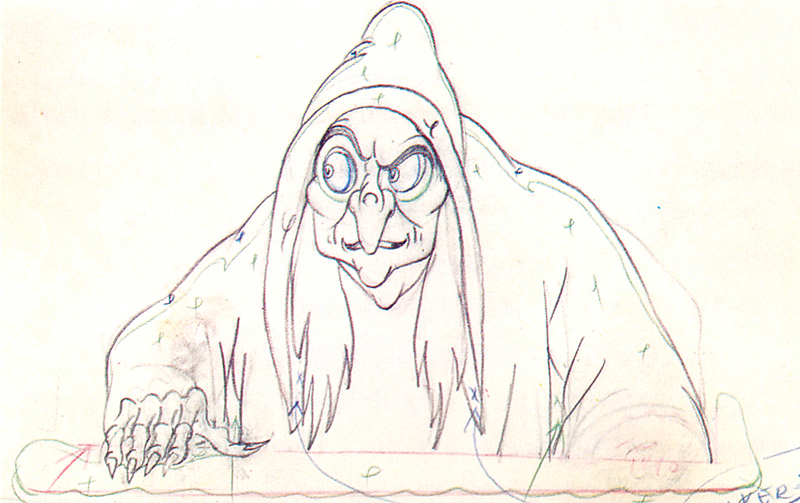 The question is, now, what are we to make of this statement? Do Thomas & Johnston mean for us to believe that they do more than the single character per film? Does it mean that, like all underprivileged animators everywhere, they now receive scenes rather than characters? Are they trying to tell us that the old, publicized method of animation they did during the “Golden Days” no longer exists?
The question is, now, what are we to make of this statement? Do Thomas & Johnston mean for us to believe that they do more than the single character per film? Does it mean that, like all underprivileged animators everywhere, they now receive scenes rather than characters? Are they trying to tell us that the old, publicized method of animation they did during the “Golden Days” no longer exists?
To be honest I don’t know. Also when are they talking about? At the start of the Xerox era? In the days since Woolie Reitherman has been directing? Do they mean ever since they’ve retired and started writing this book?
Let’s go back a bit.
- In 101 Dalmatians, Marc Davis did Cruella de Vil. That’s it. That’s all he was known for in that film. Oh wait, there were a couple of scenes where he did the “Bad’uns,” Cruella’s two sidekicks. He did these ging into or out of a sequence. In Sleeping Beauty (if we’re going back that far) Davis did Maleficent. Oh, he also did her raven sidekick.
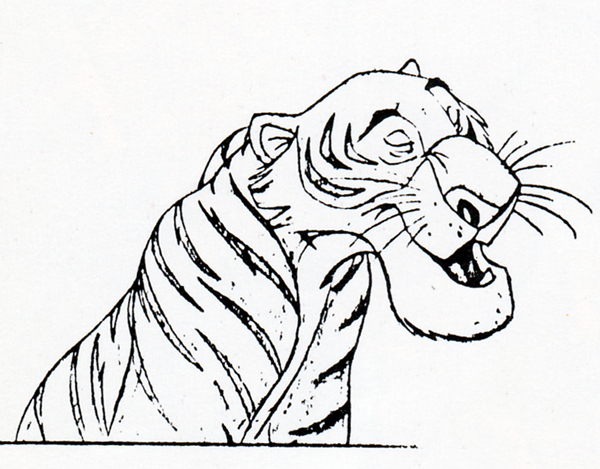 - Milt Kahl did Prince Philip in Sleeping Beauty – and every once in a while his father. He did key Roger and Perdita scenes in 101 Dalmatians. He did Shere Khan in The Jungle Book.
- Milt Kahl did Prince Philip in Sleeping Beauty – and every once in a while his father. He did key Roger and Perdita scenes in 101 Dalmatians. He did Shere Khan in The Jungle Book.
Kahl also seems to be the go-to-guy when they’re looking to have the character defined. The closest thing to Joe Grant’s model department in the late Thirties. If you weren’t sure how Penny might look in a particular scene, you might go to Kahl who’d draw a couple of pictures for you. But that was Ollie Johnston‘s character. You’d probably go to him first, but Johnston would go to Kahl if he needed help.
Kahl also did Robin and some of Maid Marian in Robin Hood. I could keep going on, but let’s take a different direction.
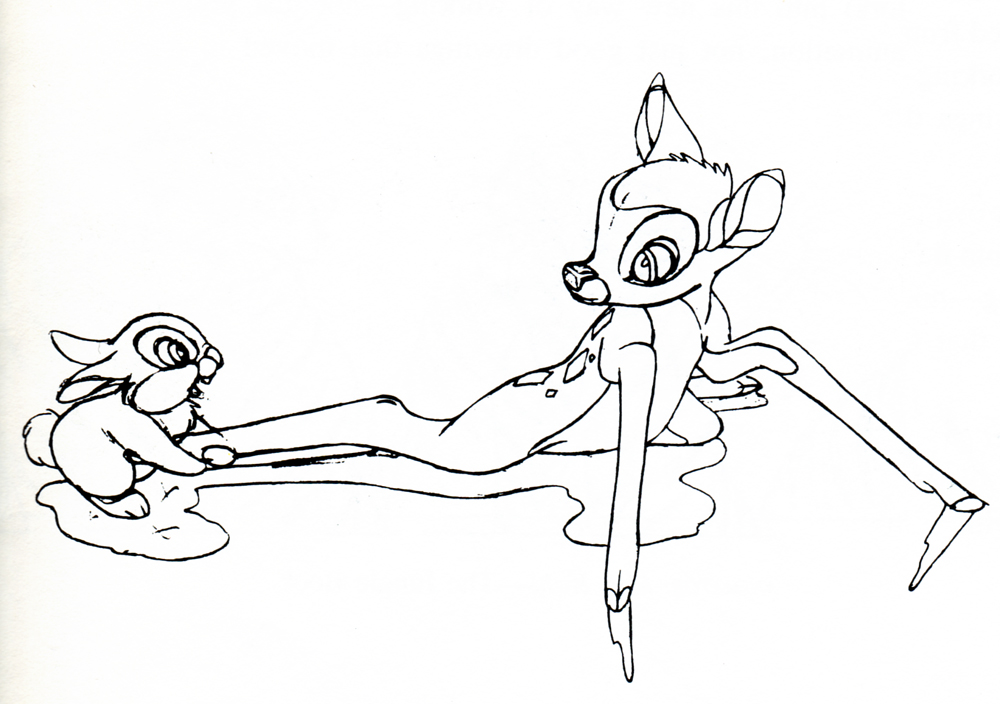 Look at one of Thomas’ greatest sequences, the squirrels in the tree. Starting with Seq.006 Sc.23 and almost completely through and ending with Seq.06 Sc.136 Frank Thomas did the animation. That’s a lot of footage. Yes, that represents four characters: Merlin and Wart as squirrels, as well as the older and younger female squirrels. He did the whole thing (and it’s one of the most beautifully animated sequences ever.)
Look at one of Thomas’ greatest sequences, the squirrels in the tree. Starting with Seq.006 Sc.23 and almost completely through and ending with Seq.06 Sc.136 Frank Thomas did the animation. That’s a lot of footage. Yes, that represents four characters: Merlin and Wart as squirrels, as well as the older and younger female squirrels. He did the whole thing (and it’s one of the most beautifully animated sequences ever.)
But when he was done with that and needed work, he didn’t stop on this film; he also did a bunch of scenes in the “Wizard’s Duel” between Merlin and Mad Madame Mim. Another big chunk.
Hans Perk has done a brilliant service for all animation enthusiasts out there. On his blog, A Film LA, he’s posted many of the animator drafts of feature films. You can find out who animated what scenes from any of the features.
However as Hans posts the batches of sequences, he gives little notes about what we’ll find when we open the drafts. In my view, Hans’ notes are also a treasure.
You can read remarks such as, “Masterful character animation by Milt Kahl and Frank Thomas, action by John Sibley and a scene by Cliff Nordberg.” That seems to tell us everything.
In Sleeping Beauty we can read, “This sequence shows, like no other, the division between Acting and Action specialized animators. Or at least it shows how animators are cast that way. We find six of the “Nine Old Men”, and such long-time Disney staples as Youngquist, Lusk and Nordberg, each of them deserving an article like the great one on Sibley by Pete Docter.”
Or in The Rescuers we read, “Probably the most screened sequence of this movie, the sequence where Penny is down in the cave was sequence-directed by frank and Ollie. They would plan their part of this sequence in rough layout thumbnails, then continue by posing all scenes roughly as can be seen in this previous posting.
“They relished telling the story that Woolie told them the animatic/Leica-reel/work-reel was JUST the right length, and when they posed out the sequence and showed it to Woolie, he said: “See? Just as I said: just the right length!” They kept to themselves that the sequence had grown to twice the length!”
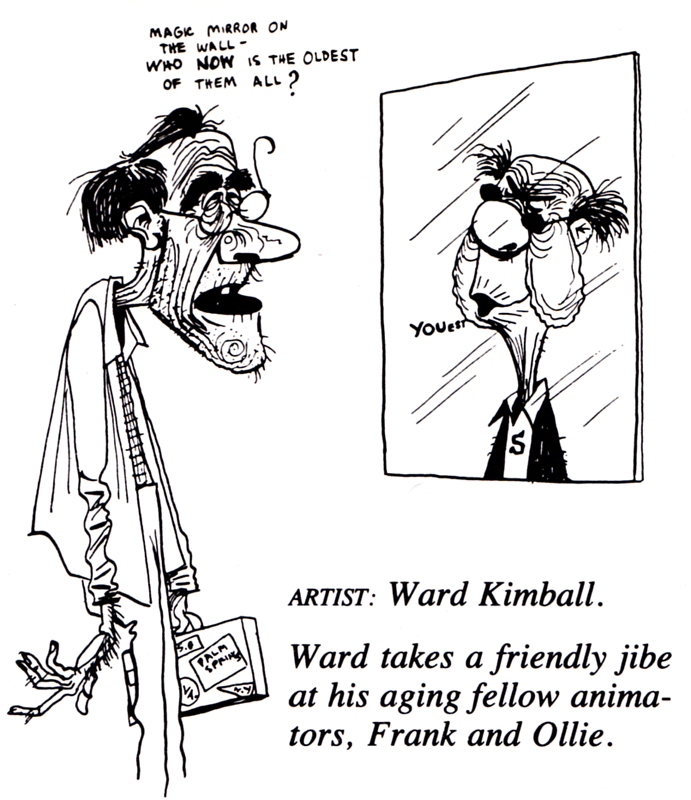 The work, right to the retiring of all of the “Nine Old Men,” would seem to me to prove that these guys, regardless of whether they added one or two other characters to the scenes, did, in fact, take charge of the one starring character.
The work, right to the retiring of all of the “Nine Old Men,” would seem to me to prove that these guys, regardless of whether they added one or two other characters to the scenes, did, in fact, take charge of the one starring character.
This continues past the retirement of all the oldsters: Glen Keane animated the “beast” in Beauty and the Beast. He animated Tarzan in Tarzan, Aladdin in Aladdin, Ariel in The Little Mermaid, and Pocahontas in Pocahontas. Andreas Deja animated Jafar, the Grand Vizier in Aladdin, Scar in The Lion King, Lilo in Lilo and Stitch, and Gaston in Beauty and the Beast. Mark Henn animated Belle in Beauty and the Beast (from the Florida studio), Jasmine in Aladdin, young Smiba in The Lion King, and Mulan and her father in Mulan.
Need I go on? What are Frank Thomas and Ollie Johnston talking about in their book? I’m confused.
I have a lot left to say about this book, much of it good, but next time I want to write about something else that confuses me with another somewhat contradictory statement in the book.
This has gotten a bit long, and I have to cut it here.
